Equipment
Callaway’s XR 16 Drivers: Revealing photos from the Boeing Factory
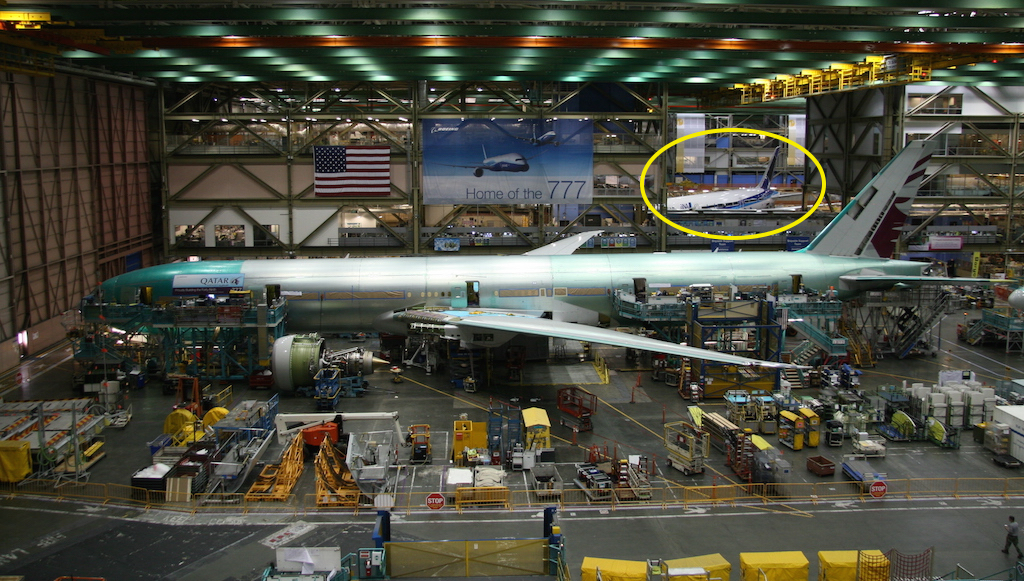
Recently, I was lucky enough to partake in a tour of The Boeing Company’s Everett Factory near Seattle, and pick the brains of its Aerospace engineers and tour guides. But this is a golf website, why should you care, right?
Well, for its new XR 16 and XR 16 Pro drivers, Callaway Golf teamed up with engineers from Boeing to develop a more aerodynamically sound driver. Read more about the technology here.
Why Boeing? With a mutual interest in how things fly — whether it’s airplanes or golf balls — it “was a great opportunity for collaboration” between the companies, according to Evan Gibbs, head of metal woods at Callaway Golf.
Also, at Boeing, there exists a group of young engineers collectively named O.N.E. (Opportunities for New Engineers), who use their intelligence and passion for problem solving for projects outside their everyday work of making airplane wings more efficient. So when Callaway asked Boeing to help make its new drivers faster and more efficient for golfers, Boeing had just the group of engineers for the job.
So a group of about a half-dozen O.N.E. engineers were given 3-4 months — a significantly shorter period of time than aerospace engineers are typically provided — to design an “add-on” to the crown of Callaway’s new drivers.
As Boeing Aerodynamics Engineer Adam Clark explained, there are many differences and similarities between the aerodynamic puzzles of airplanes and drivers.
I paraphrase:
Both have to do with laminar and turbulent flow. An airplane wing needs to be streamlined to reduce friction, as does the relatively rotund body of a golf driver head. The solution is very similar.
Here’s what the Boeing engineers came up with:
- Callaway’s XR 16 Pro driver crown, with protrusions, or “speed steps,” designed for better aerodynamics.
- Callaway’s XR 16 also has “speed steps,” with a slightly different design than the XR 16 Pro.
Below, I relay some ridiculously interesting facts, photos and information I learned about Boeing, its Everett facility, its airplanes and its engineering processes. I hope the photos below do Boeing’s airplane assembly factory justice, because the visuals were nothing short of breath-taking.
So we begin, Revealing Photos: The Aero Edition.
Welcome to Boeing
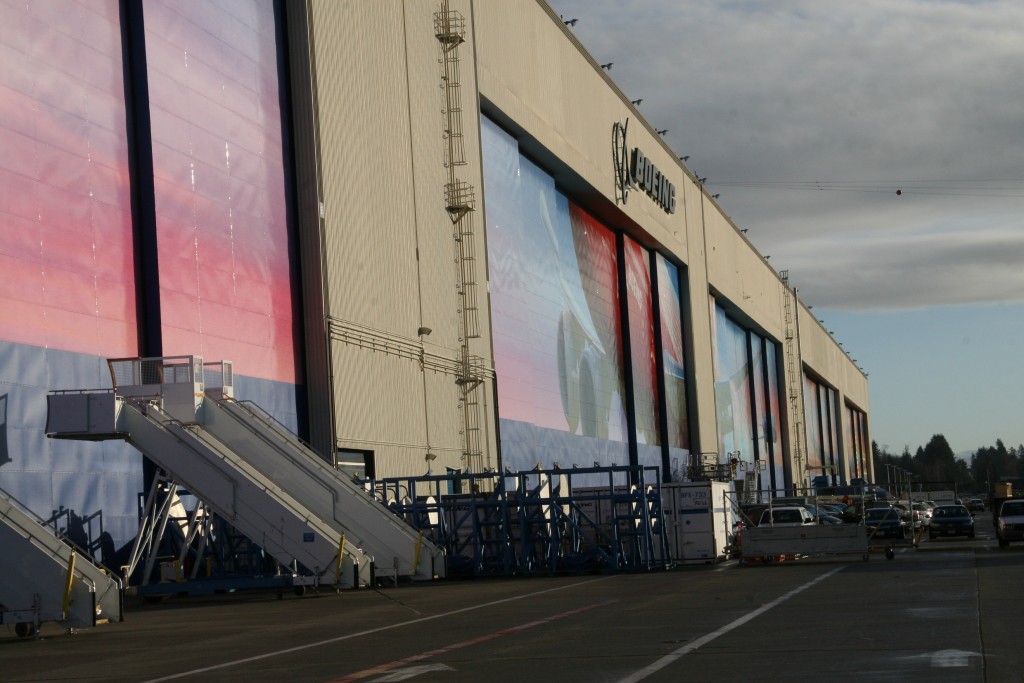
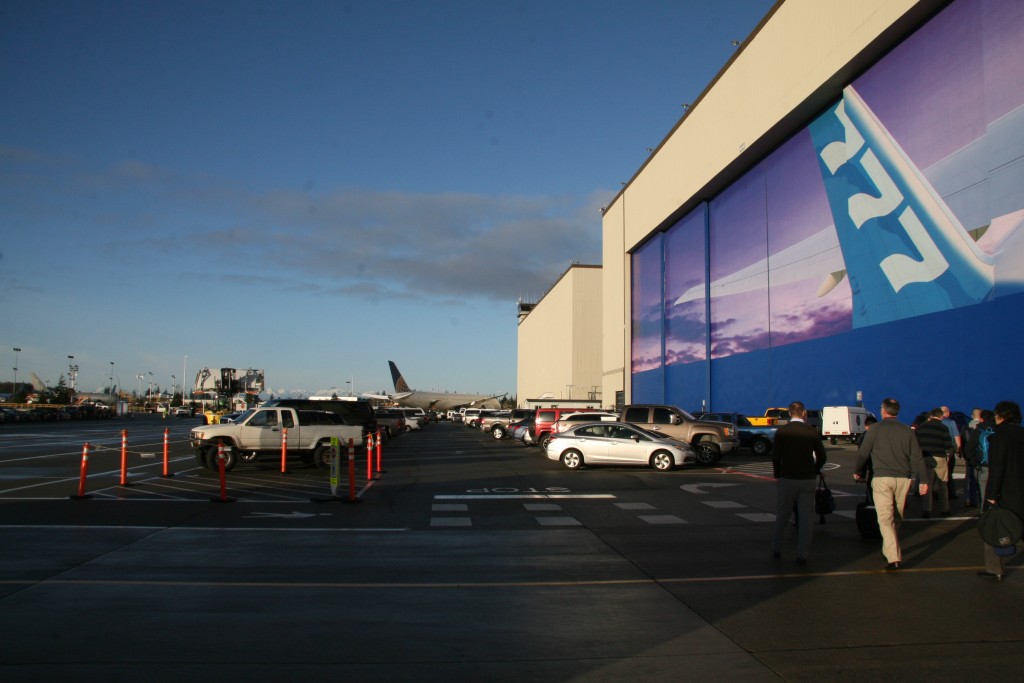 It’s difficult to explain just how big the Boeing Factory really is. You can see how small the plane in the parking lot looks in comparison to the building, but maybe these facts will give it better perspective.
It’s difficult to explain just how big the Boeing Factory really is. You can see how small the plane in the parking lot looks in comparison to the building, but maybe these facts will give it better perspective.
“Two hangar doors… approximately the size of an American football field.”
That means the Seattle Seahawks could play a football game on two of the hangar doors on the outside of the building (although it would probably be safer to put the doors flat on the ground first).
And in case you ever doubted the passion of Seahawks fans, it’s rare to be at Boeing’s Seattle factory without seeing a flag with the number 12 (12th man) somewhere in your line of site.
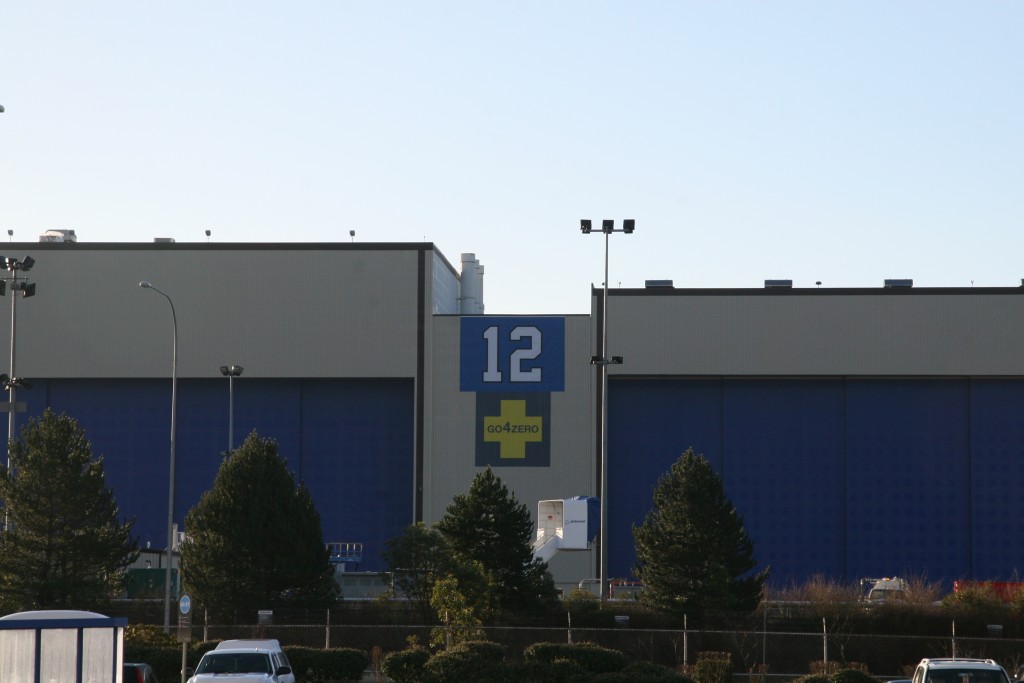 So welcome to Boeing’s Seattle Facility, home of Seahawks’ 12th men and women. Lets go inside, shall we?
So welcome to Boeing’s Seattle Facility, home of Seahawks’ 12th men and women. Lets go inside, shall we?
An “aerial” look
Rows of Boeing’s 737s, 747s, 767s and 777s — some of which are made from over 1 million parts — are built by troops of men and women. Contrary to popular belief, the number of the plane refers to when it was designed, not its size. The bigger the number, the newer the design.
For example, the 777 took its first flight in 1994, while the 737 took its first flight in 1967. Boeing’s first active plane was the 707, which was airborne in 1957.
If you look closely at the photo above, you can see there are other rooms filled with multiple planes, as well.
And above is the process the planes undertake while inside the factory.
Here’s a look at a plane that’s nearing the end of the “assembly line.” Now, there’s a few interesting things of note in the photo above, so let’s zoom in and look.
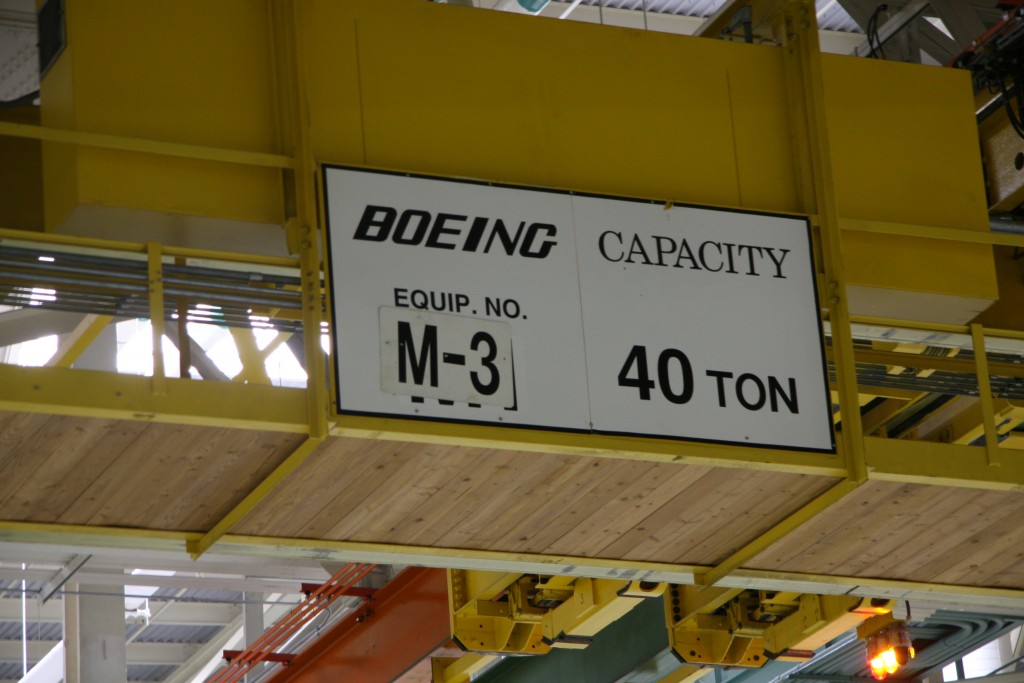 A system of rails that come down from ceiling helps to transport plane parts across the factory, and they’re quite strong. Equipment No. M-3, for instance, has a capacity of 40 tons, or 80,000 pounds.
A system of rails that come down from ceiling helps to transport plane parts across the factory, and they’re quite strong. Equipment No. M-3, for instance, has a capacity of 40 tons, or 80,000 pounds.
Hungry? There are 40,000+ employees at Boeing in its Seattle location, and they have the eat somewhere. One of the options is called the “Dreamliner Diner,” which is one of six different eateries inside the facility.
There’s also a dry-cleaner, movie rental shops, clothing stores, massage parlors and convenient stores littered throughout the factory. So employees never really need to leave.
The Dreamliner Diner is named after Boeing’s 787 “Dreamliner,” the most fuel-efficient airliner that Boeing produces, according to the company. Surely, it’s the most food-efficient diner at the Boeing Factory.
A final look before a plane flies out the door.
Going down
Now, let’s head to the first floor.
From the ground level
You don’t feel truly small at the Boeing Factory until you’re looking up at one of the 747s (Boeing’s biggest models), or really any of the planes during production.
The wheels were almost taller than me. Below is a short gallery of miscellaneous photos taken of planes while on the ground floor of the factory.
And yes, it’s really weird to see a plane inside of a building.
How do 40,000 people get around a 100-acre building?
Tractors, cars, vans, golf carts…
Or one of these weird 3-wheeled trolleys, which were commonly seen as a mode of transportation.
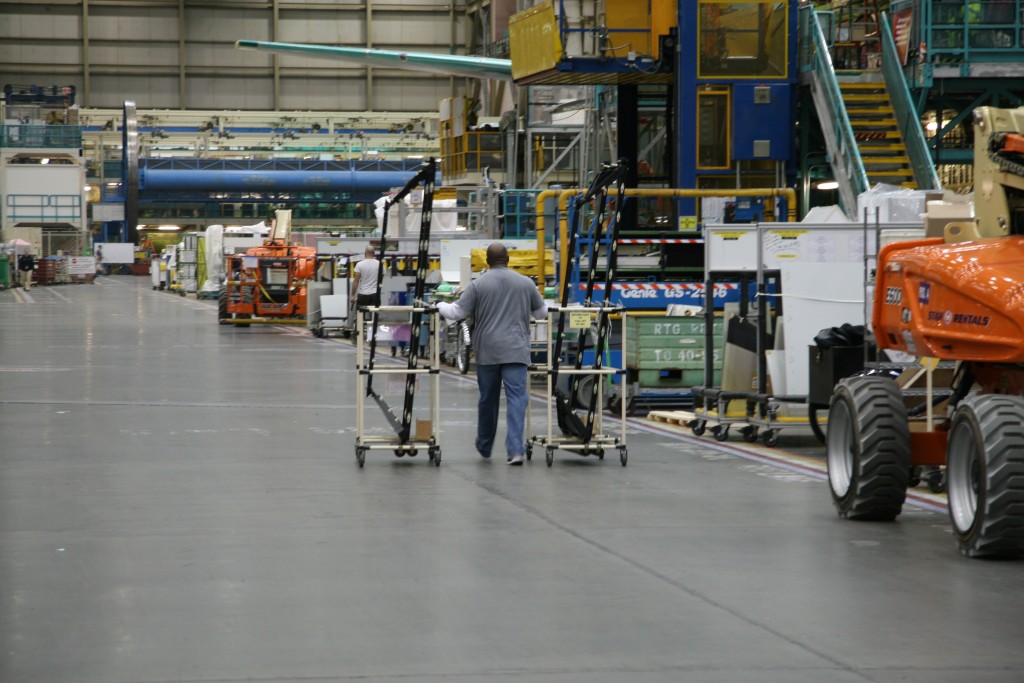 This guy was showing off how to casually stroll the factory with plane parts that stand nearly twice his height.
This guy was showing off how to casually stroll the factory with plane parts that stand nearly twice his height.
Off to the Dreamliner Gallery
This is where I learned how much goes into the design of the interior of airplanes. Unfortunately, I’ll never be able to take a flight again without noticing…
The type of carpeting in the cabin.
The material on the seats.
The seat styles.
Or the TV models. I will know, however…
What sitting in a cockpit feels like.
And where the flight attendees sleep on long flights.
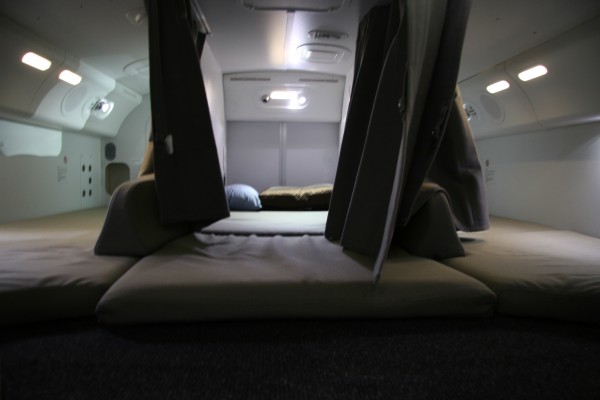 No wonder the flight attendants are always in such good spirits; they get all this leg room while us normal folks are scrunched and miserable in coach. That made the flight back from Seattle even worse, since I knew what I was missing.
No wonder the flight attendants are always in such good spirits; they get all this leg room while us normal folks are scrunched and miserable in coach. That made the flight back from Seattle even worse, since I knew what I was missing.
Unfortunately, that concludes my tour of Boeing’s Everett Factory.
In the end, how did the final product between Boeing and Callaway stack up against the best drivers currently on the market? Check out our 2016 Gear Trials: Best Drivers Club Test for a full analysis.
Spoiler alert.
Callaway’s XR 16 and XR 16 Pro were awarded with 6 total medals (1 Gold Medal, 2 Silver Medals and 3 Bronze Medals), which stacked up nicely against its competitors.
- LIKE143
- LEGIT15
- WOW22
- LOL8
- IDHT4
- FLOP12
- OB6
- SHANK42
Equipment
A shocking Backstryke putter appearance + 7 interesting gear photos from the Zurich Classic
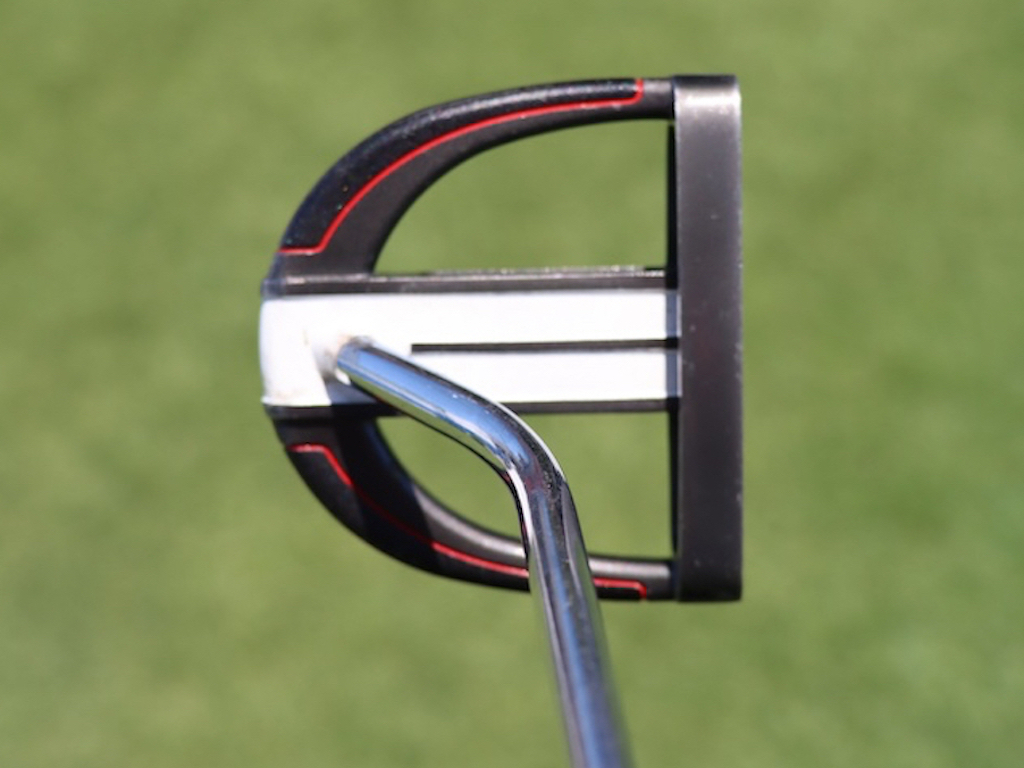
Welcome to New Orleans, where TPC Louisiana plays host to the 2024 Zurich Classic. In between breakfast beignets and nightly Creole feasts, PGA Tour players are also competing in the unique two-man format at the Zurich this week.
Although the vibes in Nawlins are a bit lighter-fare than the recent back-to-back competitions the Masters and the RBC Heritage signature event), the gear news was no less serious this week.
We spotted some recent changes from Rory McIlroy, a very rare Odyssey Backstryke putter, dove into the bag of legendary New Orleans Saints quarterback Drew Brees, and spotted Patrick Cantlay continuing to test new equipment.
Get your beads out and crack your crawfish, because it’s time for an equipment rundown from The Big Easy (meaning New Orleans, of course, not Ernie Els).
See all of our photos from the Zurich Classic here
Rory’s on-and-off lob wedge
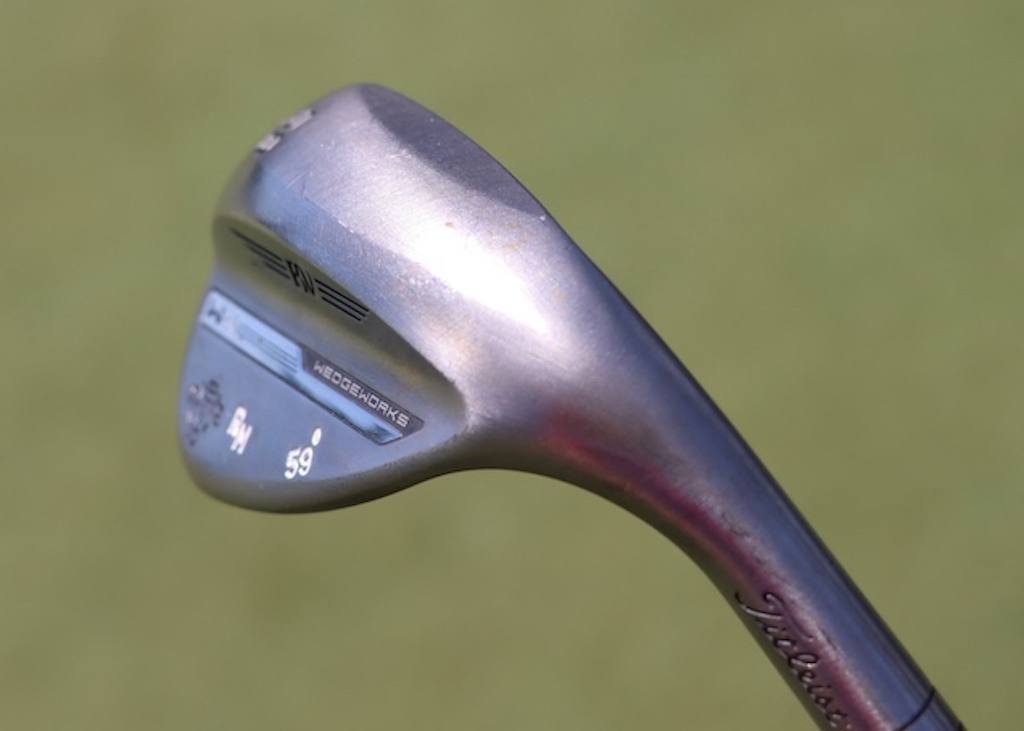
Since the end of 2023, Rory McIlroy has had an on-again, off-again relationship with a Titleist Vokey K-Grind lob wedge. In his last start, it was on, and the wedge is back in the bag again this week. We got a great look at the complicated grind that McIlroy uses.
View this post on Instagram
A full look into McIlroy’s bag above also shows that he switched out of the TaylorMade BRNR Mini Copper that he used at the RBC Heritage, and he’s back into the Qi10 core 3-wood. As we discussed last week, McIlroy will likely keep the BRNR around as a course-specific club, trading it in and out for the 3-wood.
See Rory McIlroy’s full 2024 WITB from the Zurich here
Turning Back the clock
Unless Tommy Gainey is in the field, it’s unlikely you’ll ever see Odyssey’s Backstryke technology make an appearance on the PGA Tour.
But then, when you least expect it, Russ Cochran shows up.
For more than a decade – since the 2013 Sony Open in Hawai’i – Cochran has been stuck on 599 PGA Tour starts. This week will be his 600th.
Cochran is in the field at the Zurich this week playing alongside Eric Cole, whose regular caddie is Reed Cochran, Russ’s son.
The Backstryke putter was first released back in 2010, and its unique design helps shift the axis point of the putter closer to the CG of the head. And, the putter is getting a nod this week at the Zurich Classic, thanks to Cochran’s 600th career PGA Tour start.
The putter is certainly awesome, but don’t forget to check out Cochran’s full WITB from this week.
Drew Brees with a Super Bowl winning Scotty Cameron putter
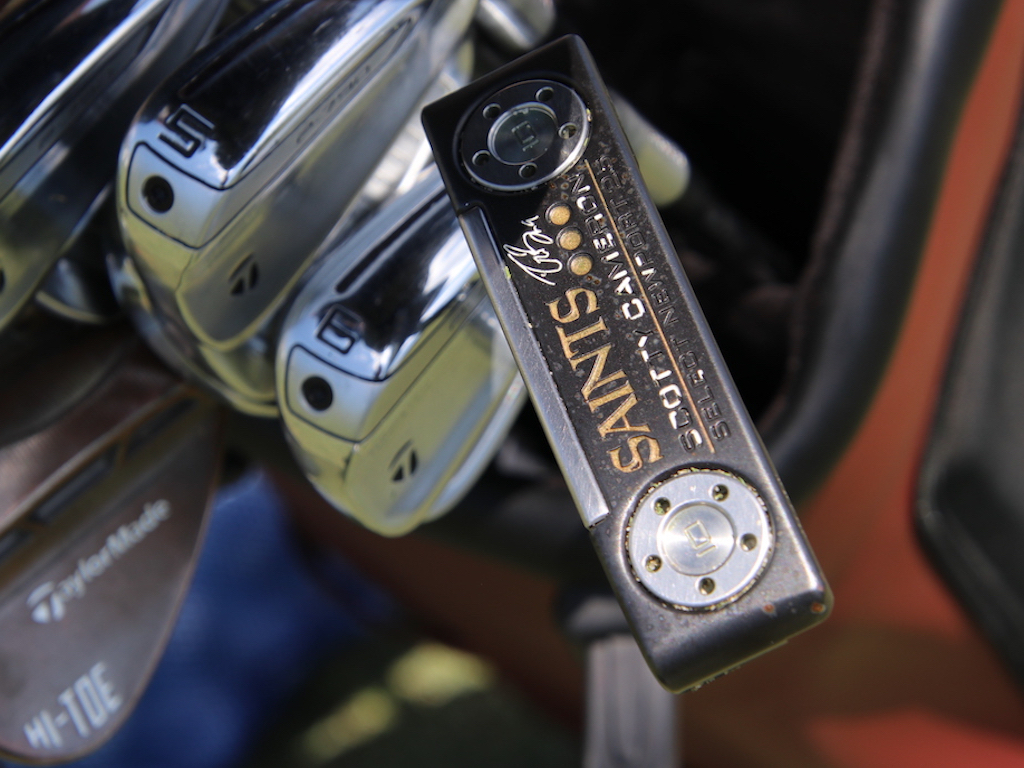
Drew Brees, a legendary retired quarterback for the hometown New Orleans Saints, made an appearance at the Zurich’s Wednesday Pro-Am, playing alongside Zach Johnson, Ryan Palmer, and current Saints QB Derek Carr.
Brees’ bag included a TaylorMade Stealth2 Plus driver, a BRNR Mini 13.5-degree, a Stealth 5-wood, a mixed set of P-790 and P-760 irons, Milled Grind Hi-Toe wedges, and a custom Scotty Cameron “New Orleans Saints” putter, which Scotty made for Brees following his Super Bowl MVP-winning performance in 2010.
View this post on Instagram
It should also be noted that Brees has his Venmo QR code as a bag tag.
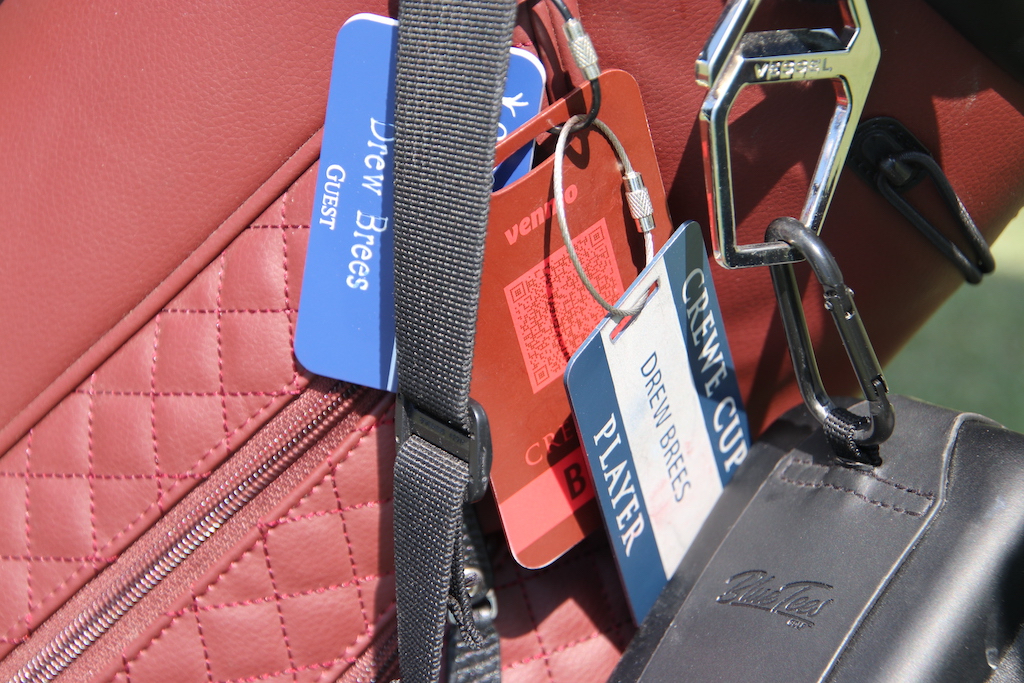
If you’re gambling with Brees on the course, just know that not having cash won’t work as an excuse.
Brilliant.
See Drew Brees’ full WITB from the Zurich here
Stricker’s unrecognizable putter
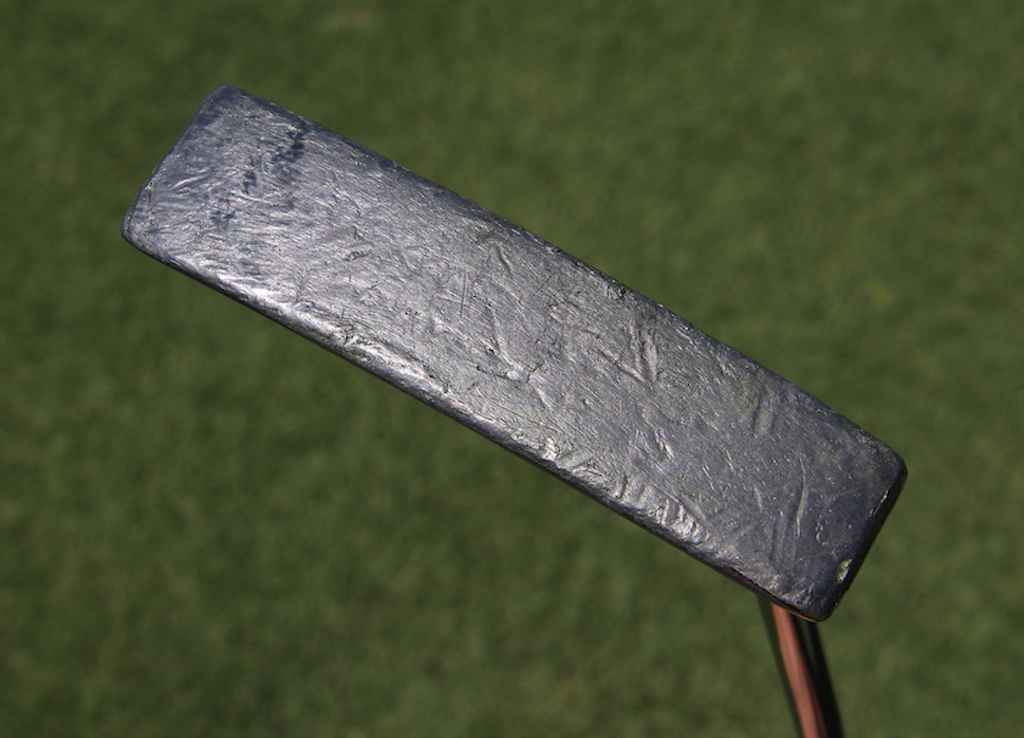
Steve Stricker has made numerous upgrades to his bag recently, including a new TSR3 driver and T100 irons, but his longtime Odyssey White Hot No. 2 putter is still going strong. It’s the most recognizable unrecognizable putter ever.
Here’s a better look at Stricker’s flatstick, which he started using back in 2007.
View this post on Instagram
Patrick Cantlay has opened the equipment-switching floodgates
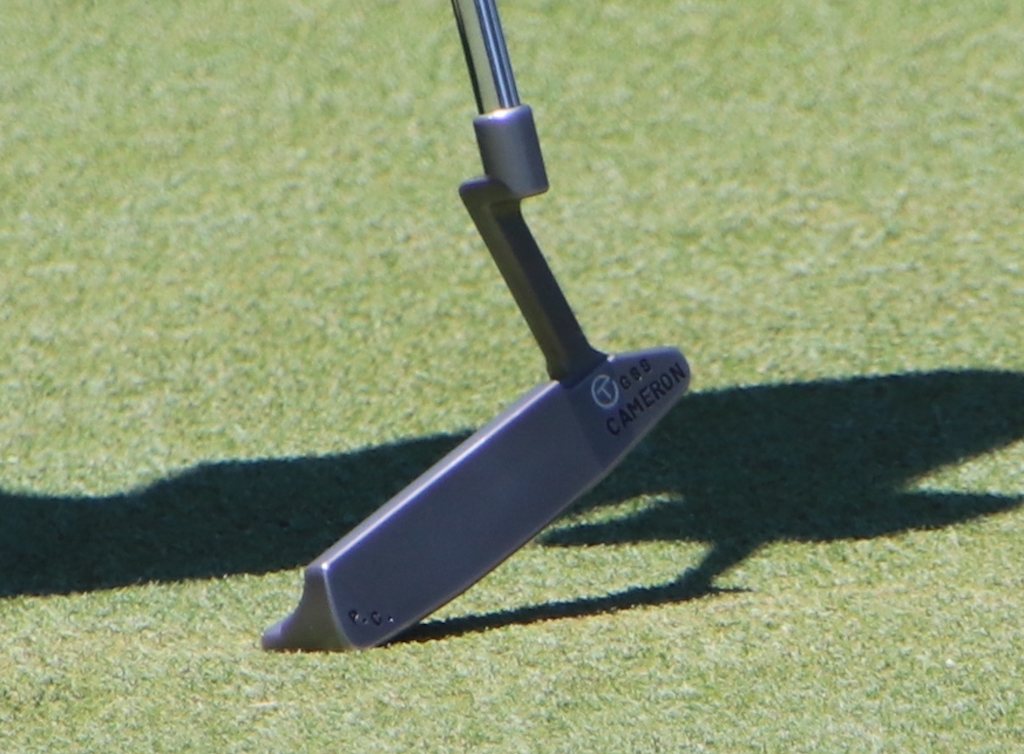
Over on the PGA Tour’s Equipment Report this week, we covered Cantlay’s recent switch into Ping Blueprint S irons, and a Titleist TSR2 driver.
Cantlay hadn’t switched irons for about seven years, so the iron switch he made at The 2024 Masters came as a shock to the norm. He simply isn’t one to change gear very often, so anytime Cantlay makes a switch, it’s news.
It seems the floodgates of equipment testing have opened up a bit for Cantlay, who was also spotted testing a custom Scotty Cameron blade putter on Tuesday this week. By Wednesday, Cantlay was back practicing with his familiar Scotty Cameron T5 Proto mallet, but it’s certainly something to keep an eye on going forward.
Daniel Berger’s custom Jailbird site lines
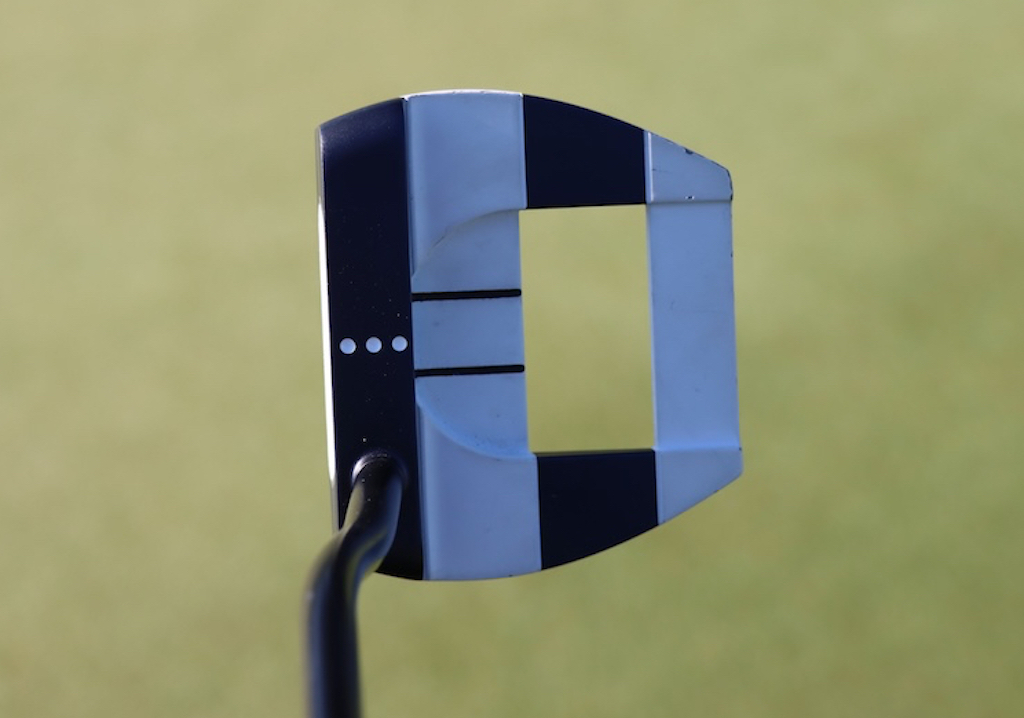
Berger, who’s currently using Odyssey’s Ai-One Mini Jailbird mallet putter, has a unique 3-dot, 2-line alignment on the crown of his navy-white-navy-white mallet putter. Looking down at the putter, it’s easy to see why this alignment system would help; it just seems impossible to set up to the ball off-center, or misaligned to the target.
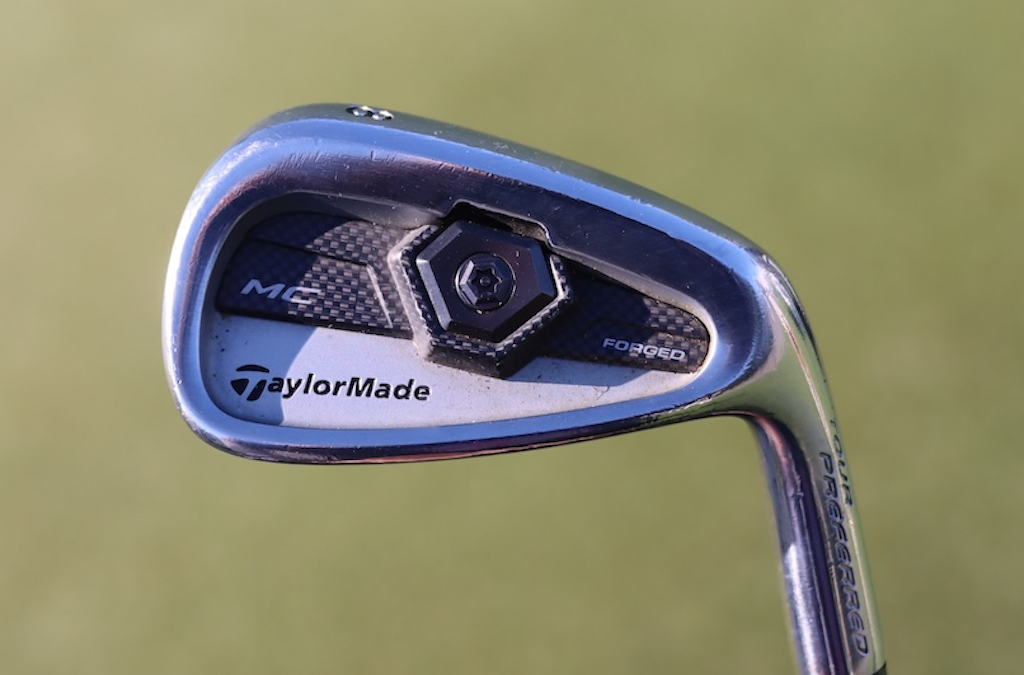
Also, for anyone worried, you can rest easy. Yes, he’s still playing the 2013 TaylorMade TP MC irons, which we highlighted in our recent “Modern Classics: Old vs. New” video testing series.
FitzMagic teams back up
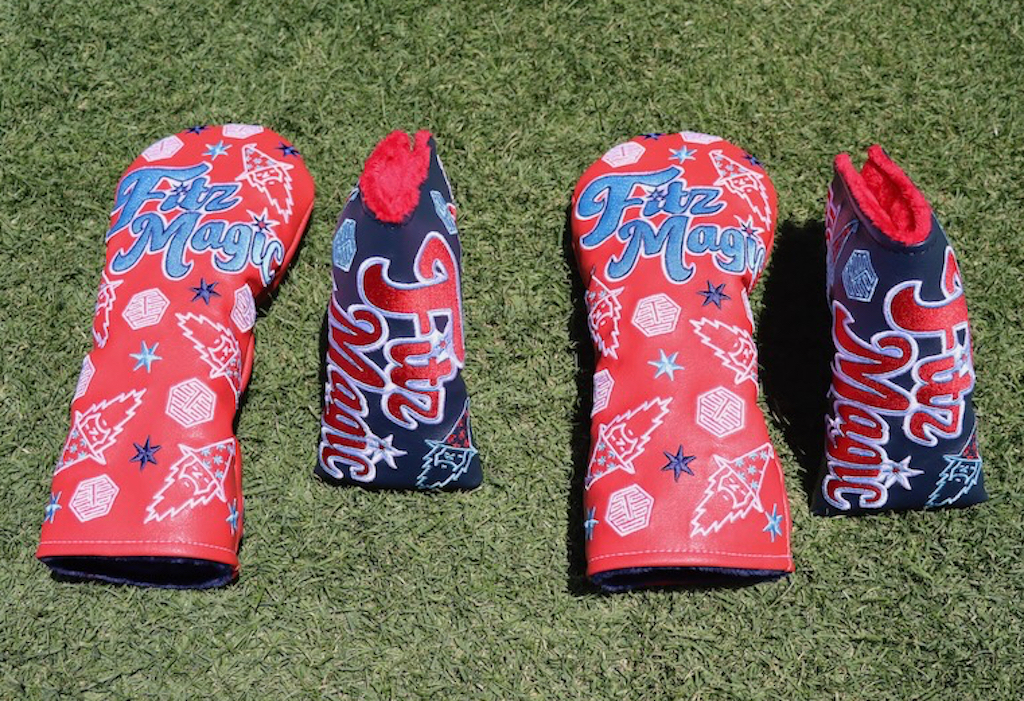
Brothers Matthew and Alex Fitzpatrick are teaming up once again at the Zurich this year, and Bettinardi Golf hooked them up with some festive “FitzMagic” headcovers to match this week.
See what else is in Alex Fitzpatrick’s WITB here
And, with that, we say goodbye to the Zurich Classic in New Orleans. Don’t forget to check out all of our photos from this week, including 30 unique photo galleries full of equipment photos.
We’ll see you next week in Texas for the 2024 CJ Cup Byron Nelson!
- LIKE8
- LEGIT0
- WOW0
- LOL0
- IDHT0
- FLOP0
- OB0
- SHANK0
Whats in the Bag
Alejandro Tosti WITB 2024 (April)
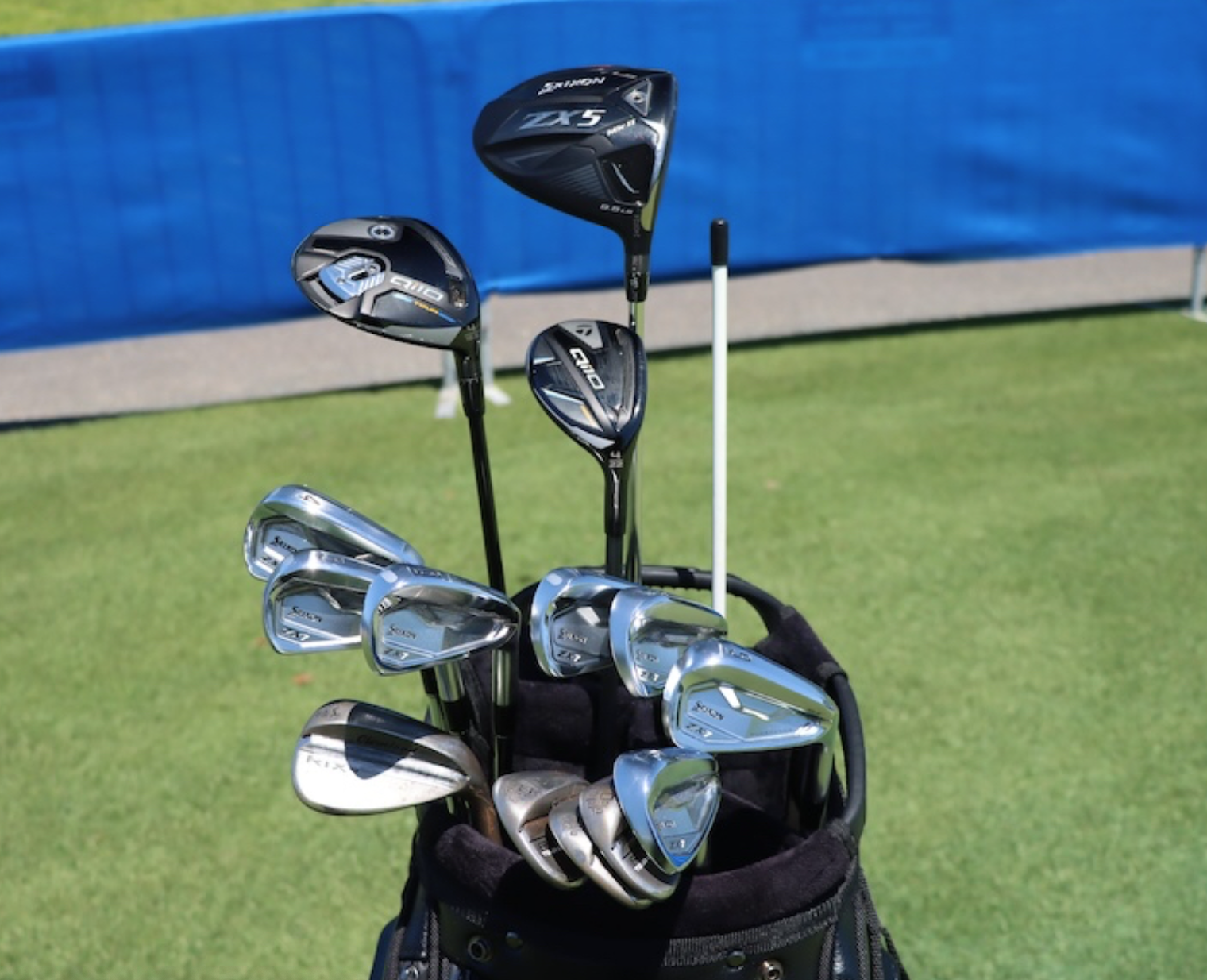
- Alejandro Tosti what’s in the bag accurate as of the Zurich Classic.
Driver: Srixon ZX5 Mk II LS (9.5 degrees @10.5)
Shaft: Project X HZRDUS T1100 75 6.5
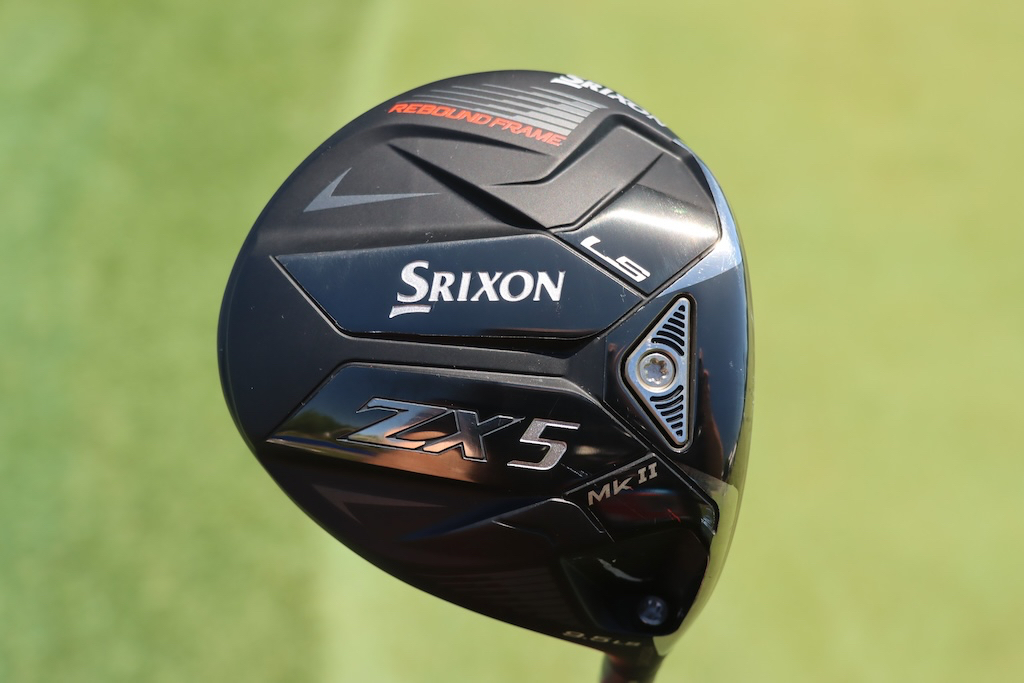
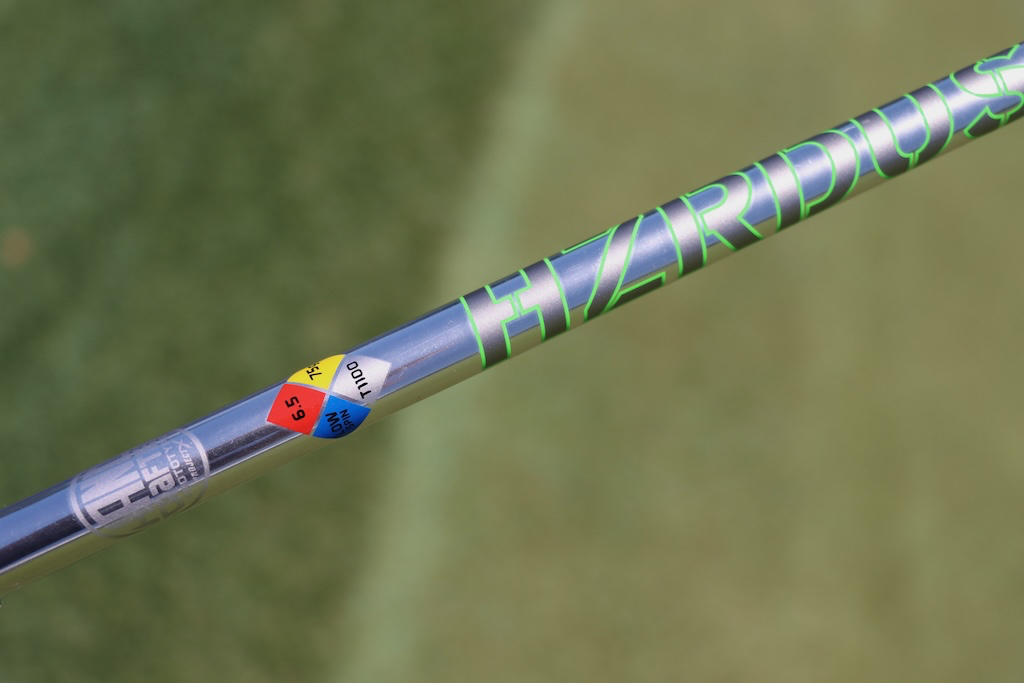
3-wood: TaylorMade Qi10 Tour
Shaft: Project X HZRDUS Black 80 TX
Hybrid: TaylorMade Qi10 Tour Rescue (22 degrees)
Shaft: Project X HZRDUS Smoke Black RDX 6.5 100
Irons: Srixon ZX7 Mk II (4-PW)
Shafts: True Temper Dynamic Gold Mid Tour Issue X100
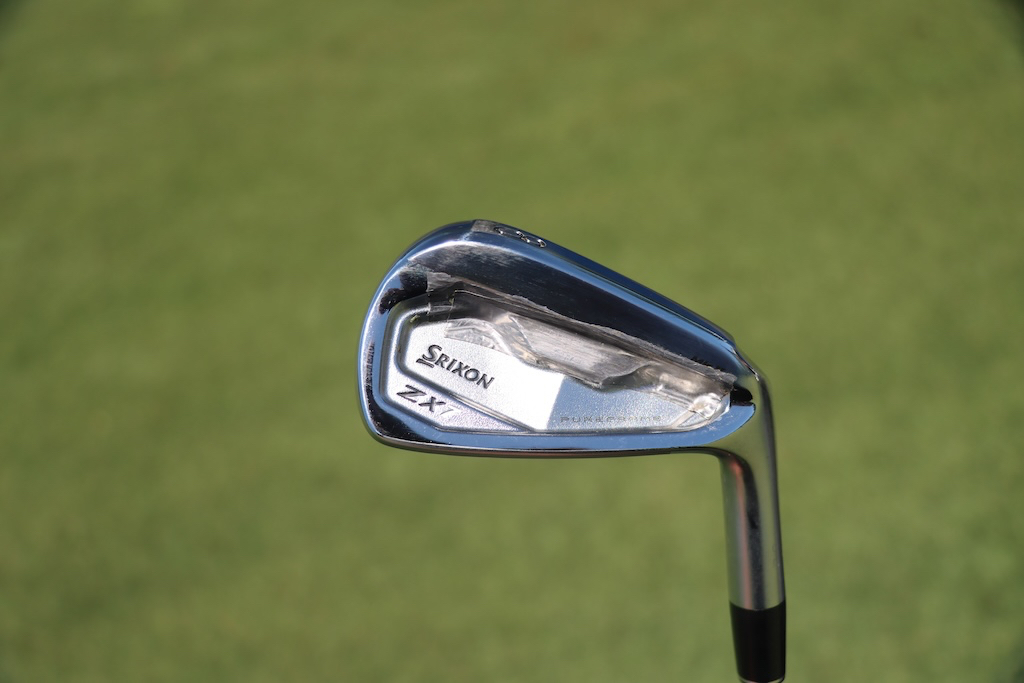
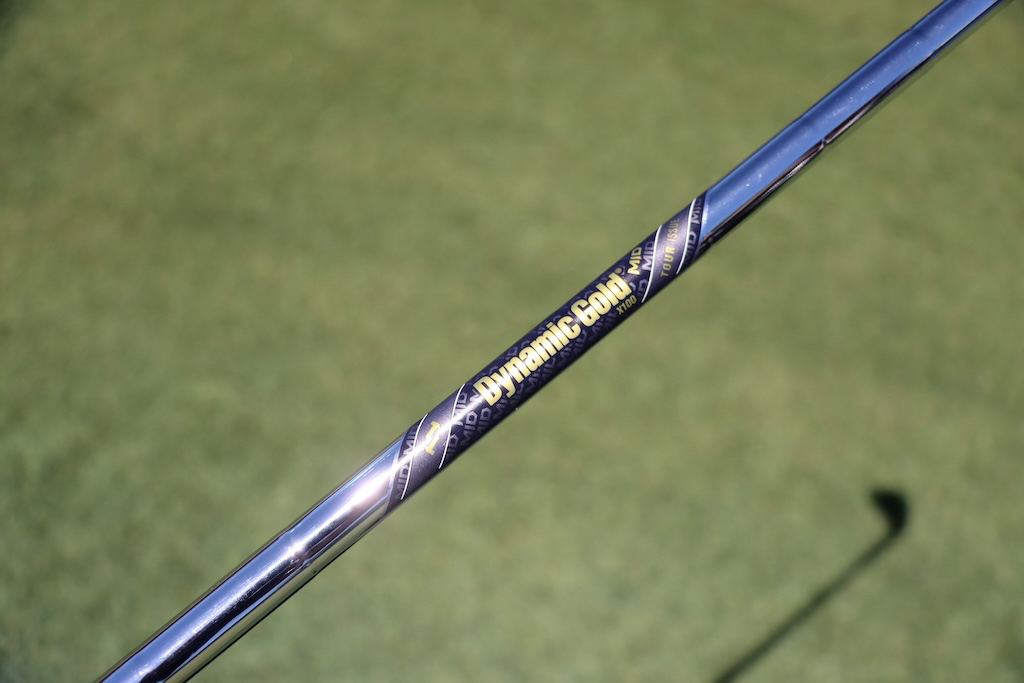
Wedges: Cleveland RTX6 ZipCore Tour Rack (50-10 MID, 54-10 MID, 58-10 MID, 60-06 LOW)
Shafts: True Temper Dynamic Gold Mid Tour Issue X100, S400
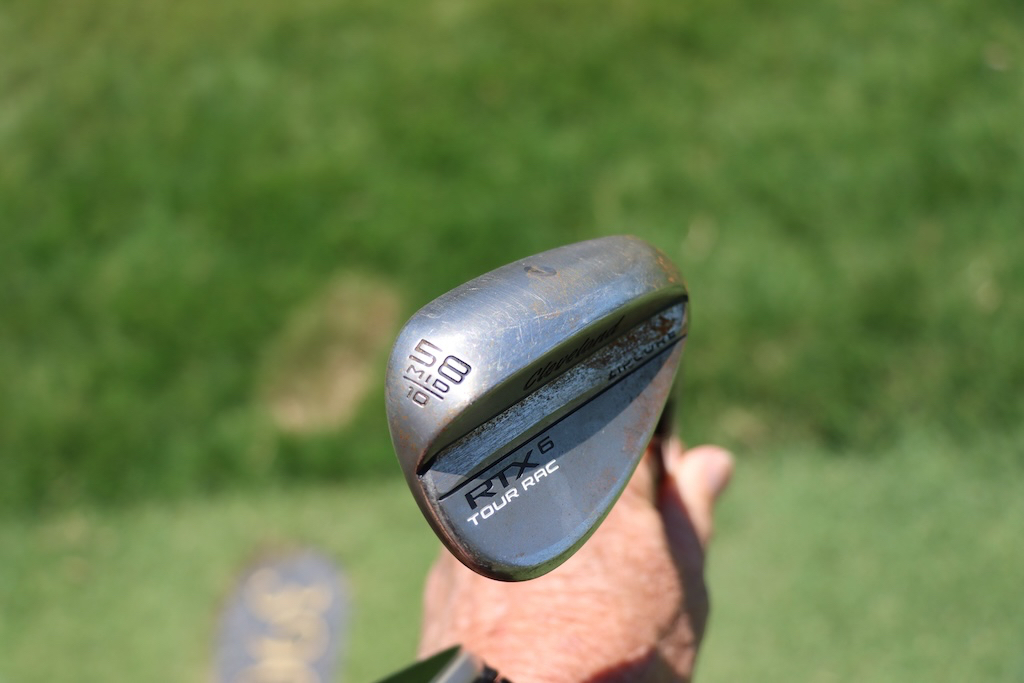
Putter: Scotty Cameron
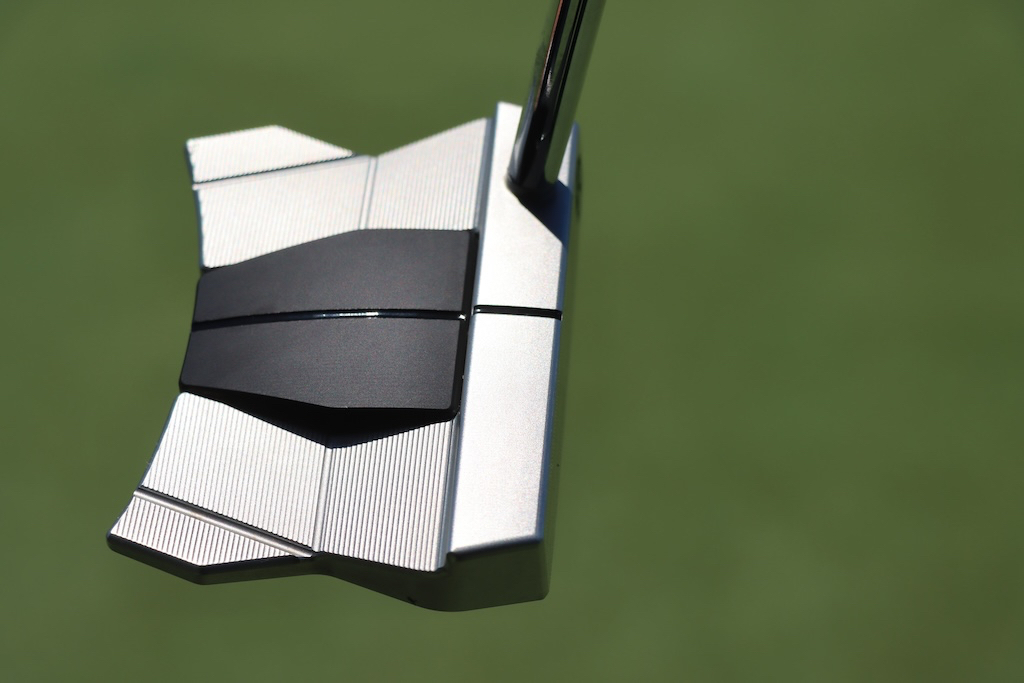
Grips: Golf Pride MCC Plus4
Check out more in-hand photos of Alejandro Tosti’s WITB in the forums.
- LIKE2
- LEGIT0
- WOW0
- LOL0
- IDHT0
- FLOP0
- OB0
- SHANK0
Whats in the Bag
Drew Brees WITB 2024 (April)
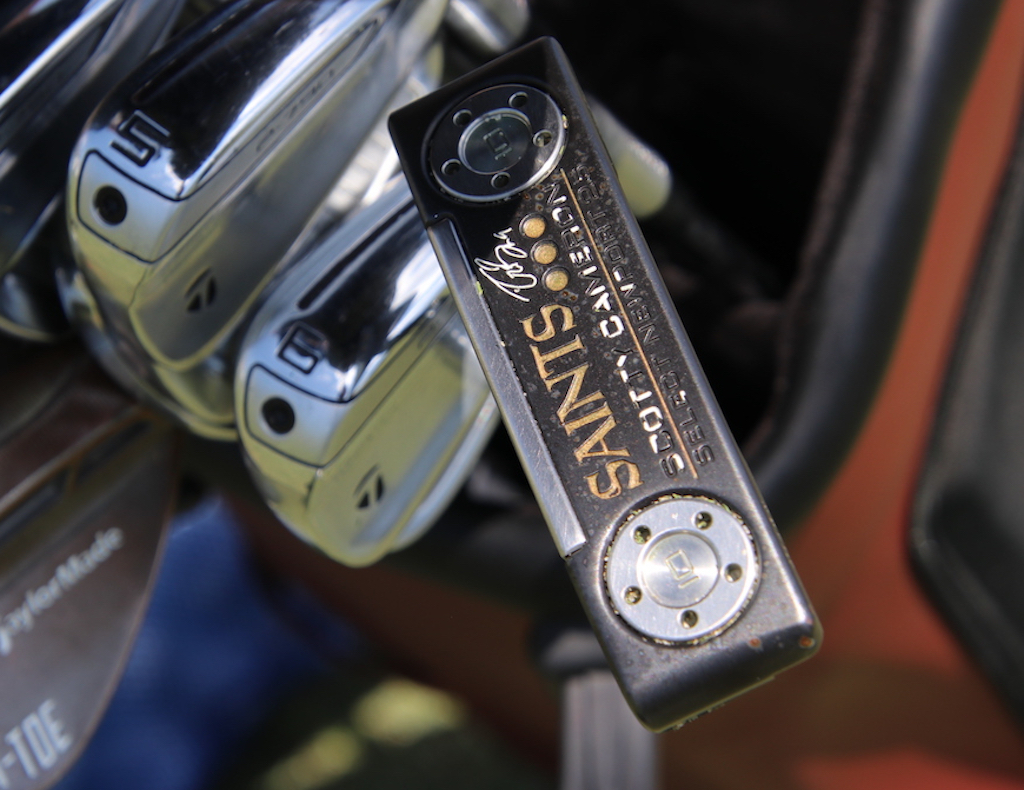
View this post on Instagram
Driver: TaylorMade Stealth 2 Plus (10.5 degrees)
Mini driver: TaylorMade BRNR Mini Copper (13.5 degrees)
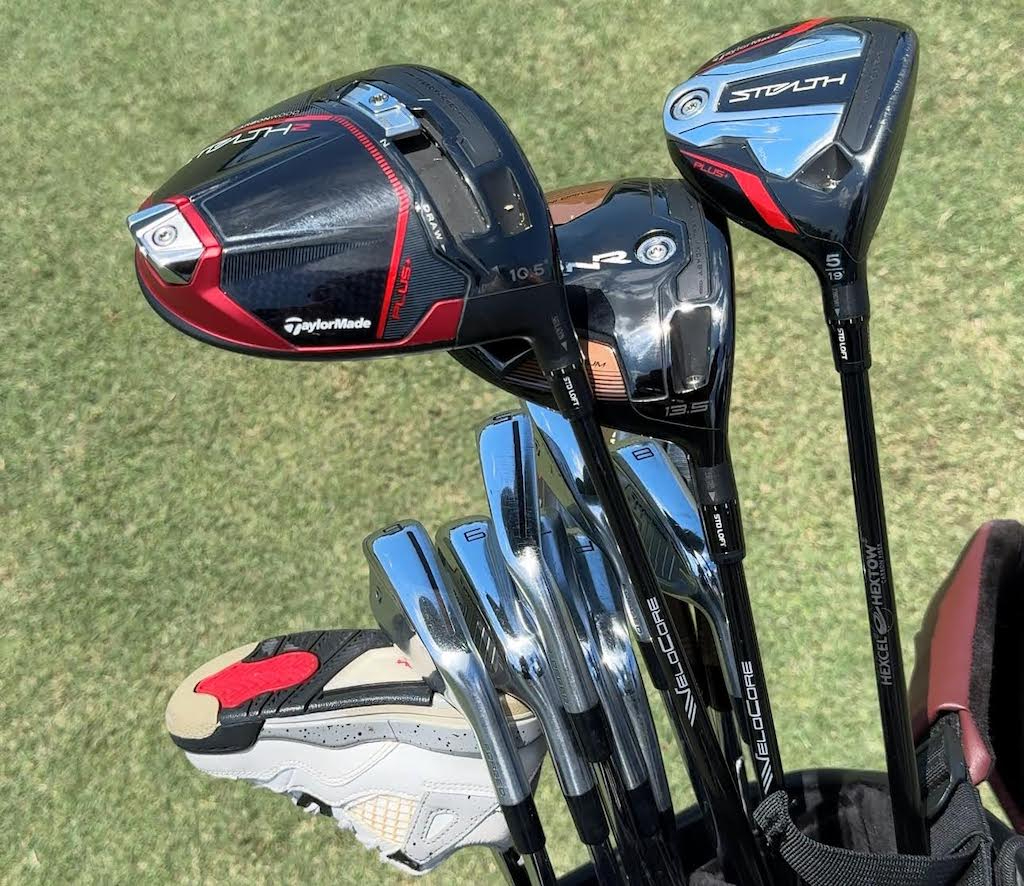
5-wood: TaylorMade Stealth Plus (19 degrees)
Irons: TaylorMade P790 (4-8, PW), TaylorMade P760 (9)
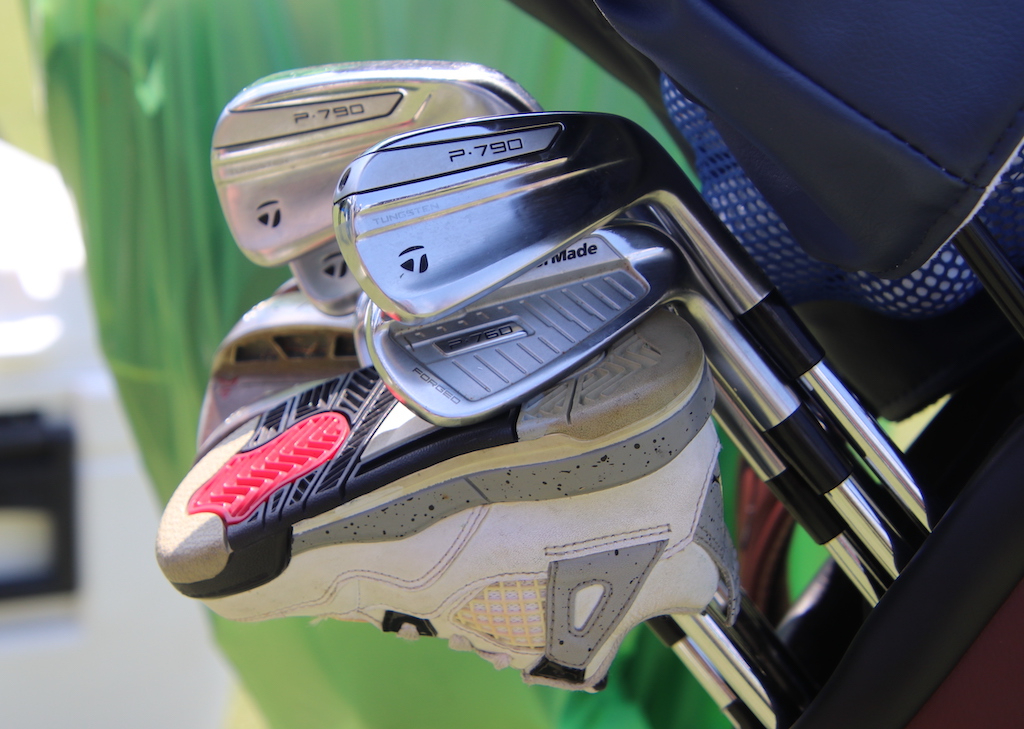
Wedges: TaylorMade MG Hi-Toe (52-09, 56-10, 60)
Putter: Scotty Cameron Select Newport 2 Prototype

Check out more in-hand photos of Drew Brees’ clubs here.
- LIKE1
- LEGIT0
- WOW0
- LOL0
- IDHT0
- FLOP0
- OB0
- SHANK0
-

 19th Hole2 weeks ago
19th Hole2 weeks agoDave Portnoy places monstrous outright bet for the 2024 Masters
-

 19th Hole4 days ago
19th Hole4 days agoJustin Thomas on the equipment choice of Scottie Scheffler that he thinks is ‘weird’
-

 19th Hole2 weeks ago
19th Hole2 weeks agoTiger Woods arrives at 2024 Masters equipped with a putter that may surprise you
-

 19th Hole3 days ago
19th Hole3 days ago‘Absolutely crazy’ – Major champ lays into Patrick Cantlay over his decision on final hole of RBC Heritage
-

 19th Hole2 weeks ago
19th Hole2 weeks agoTwo star names reportedly blanked Jon Rahm all week at the Masters
-

 19th Hole1 week ago
19th Hole1 week agoReport: LIV Golf identifies latest star name they hope to sign to breakaway tour
-

 19th Hole2 weeks ago
19th Hole2 weeks agoNeal Shipley presser ends in awkward fashion after reporter claims Tiger handed him note on 8th fairway
-

 19th Hole1 week ago
19th Hole1 week agoBrandel Chamblee has ‘no doubt’ who started the McIlroy/LIV rumor and why

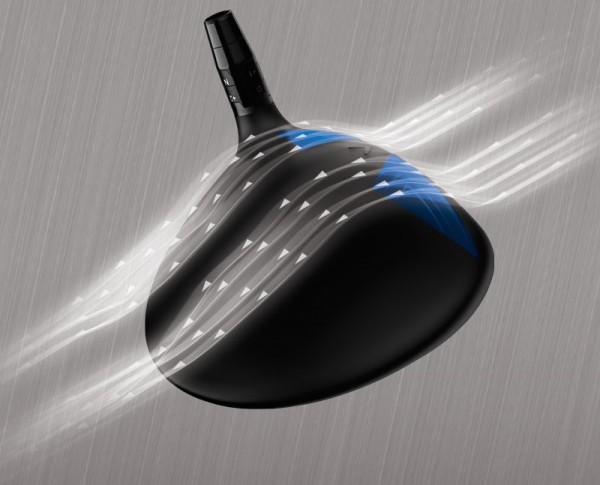
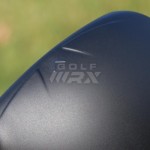
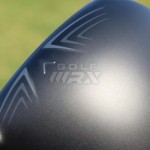
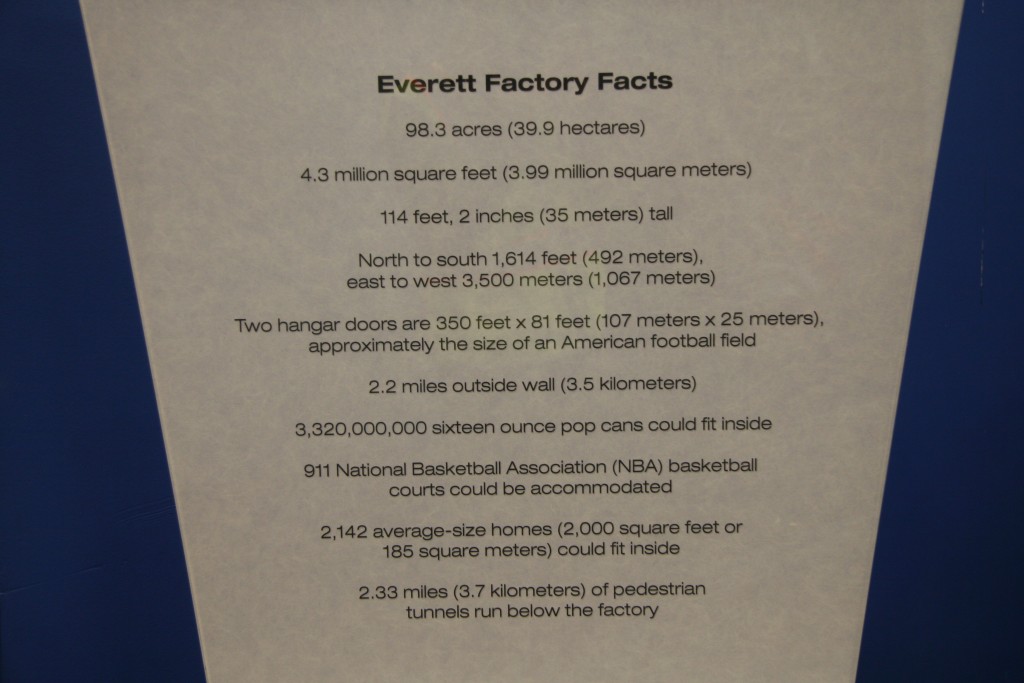
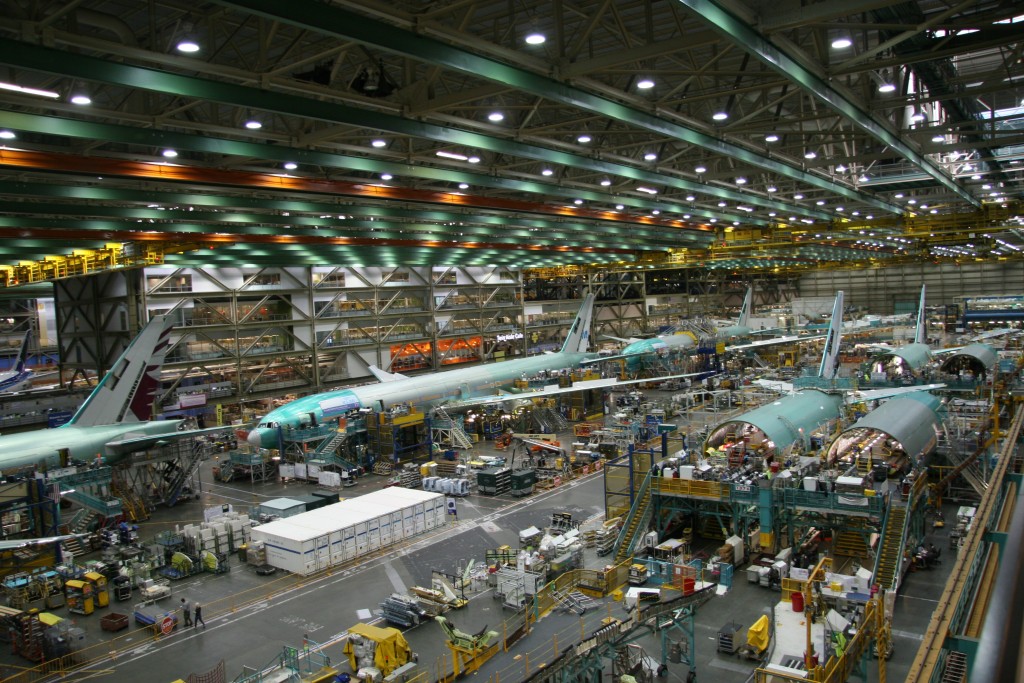
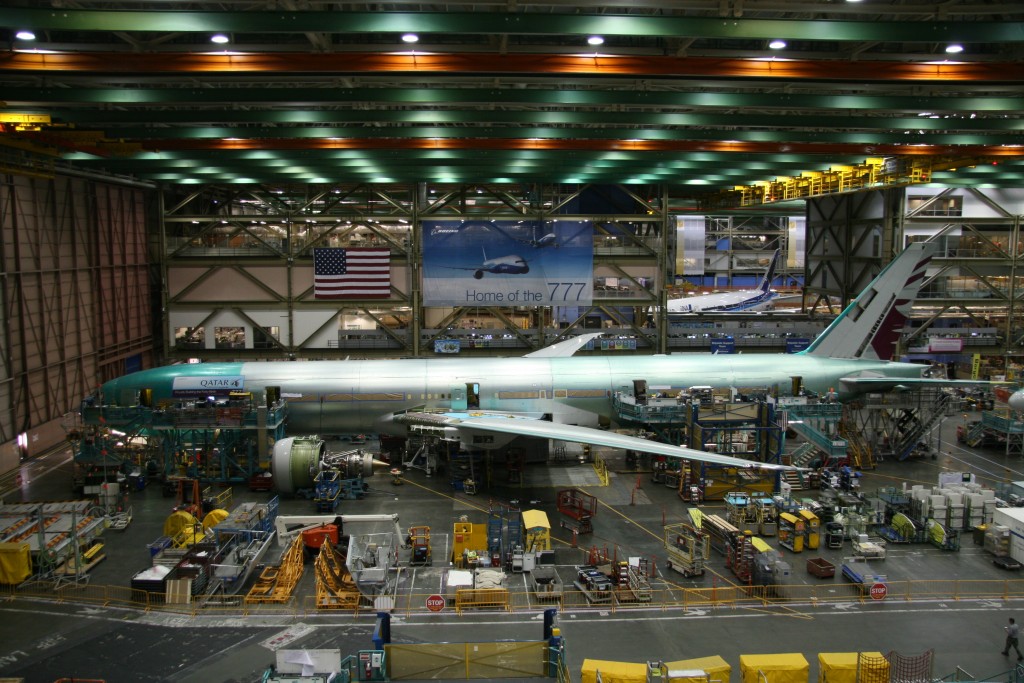
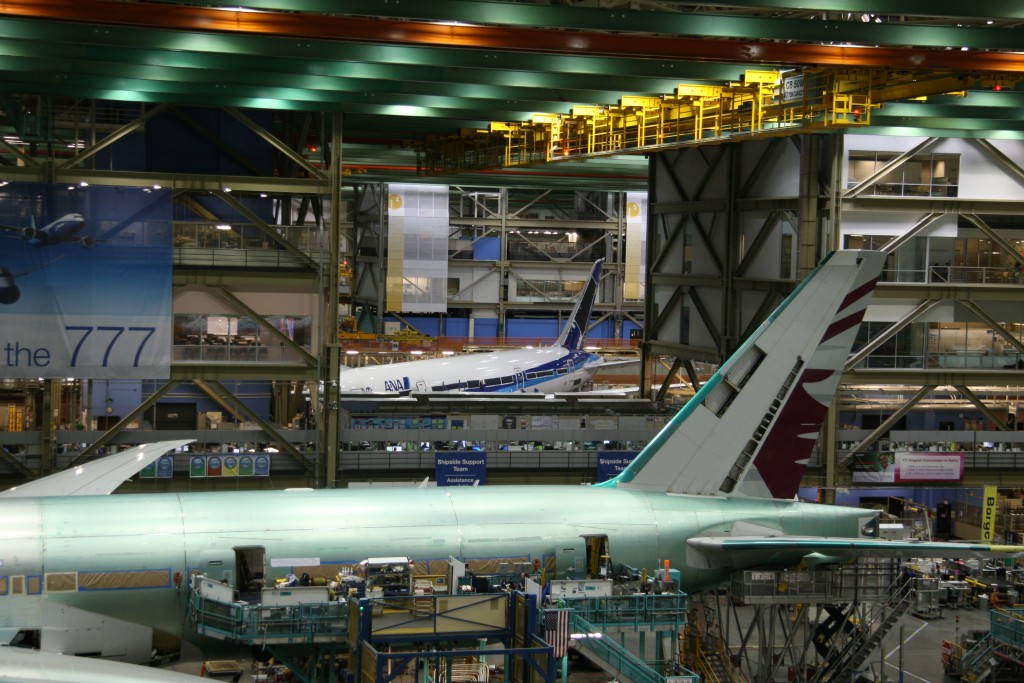
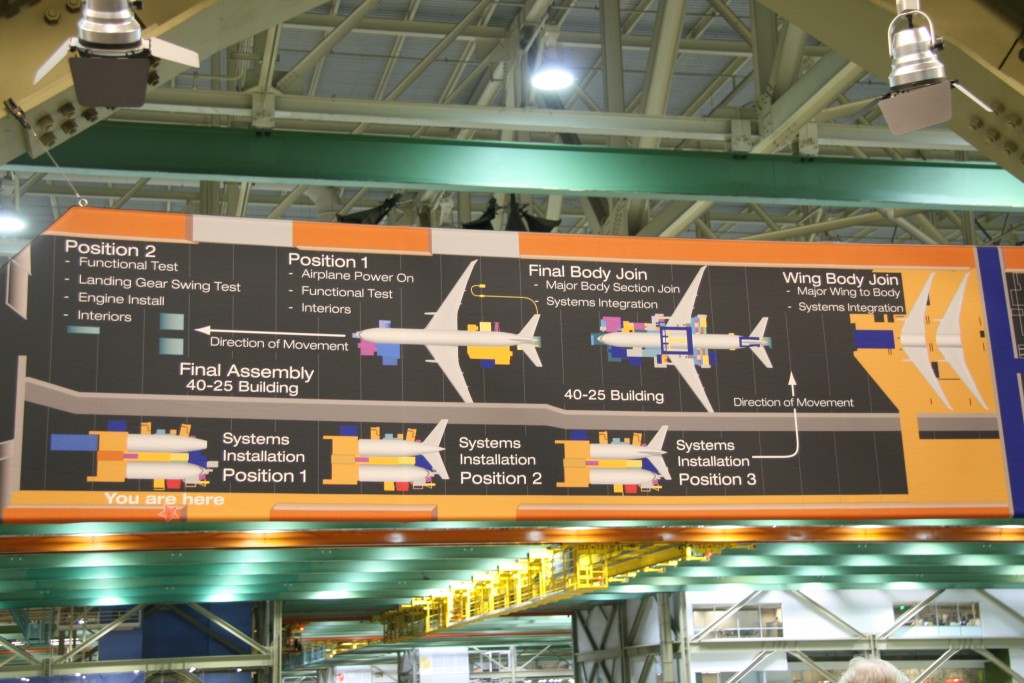
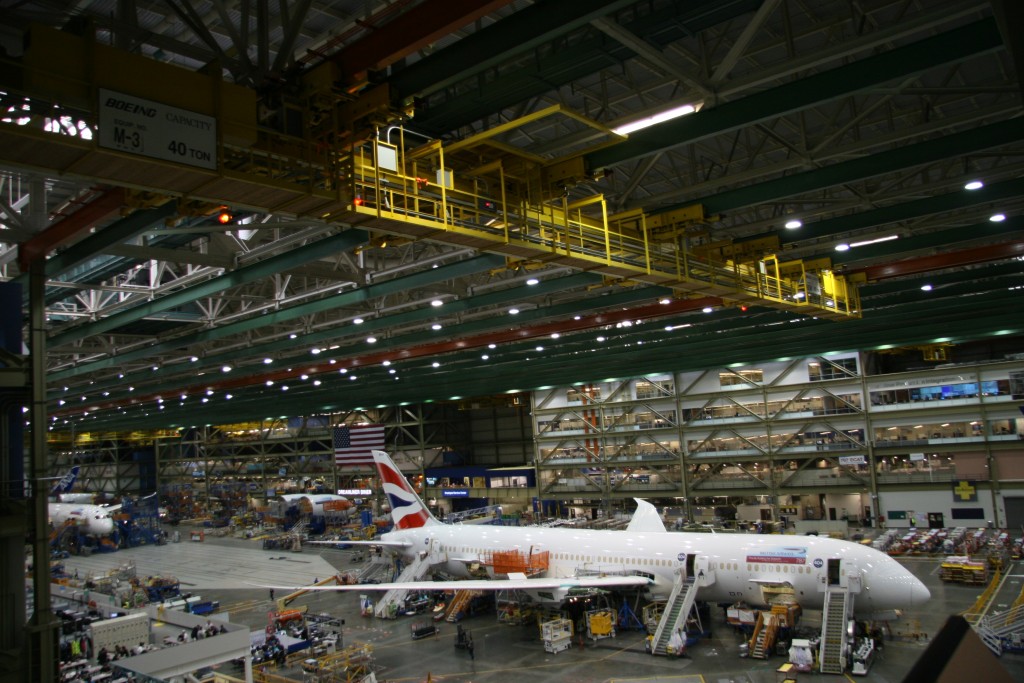
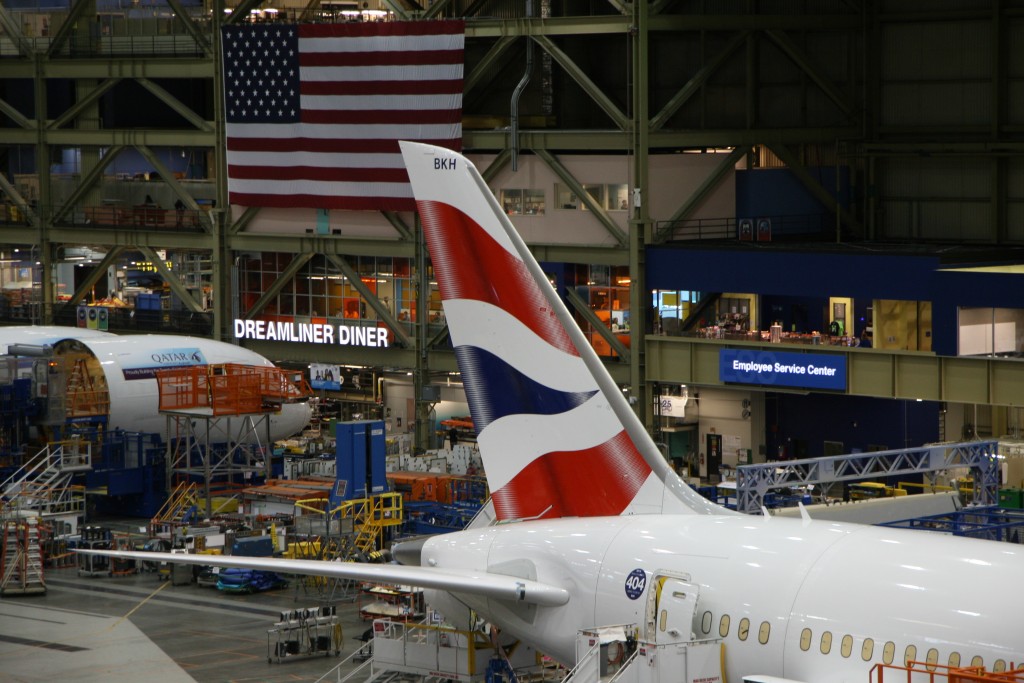
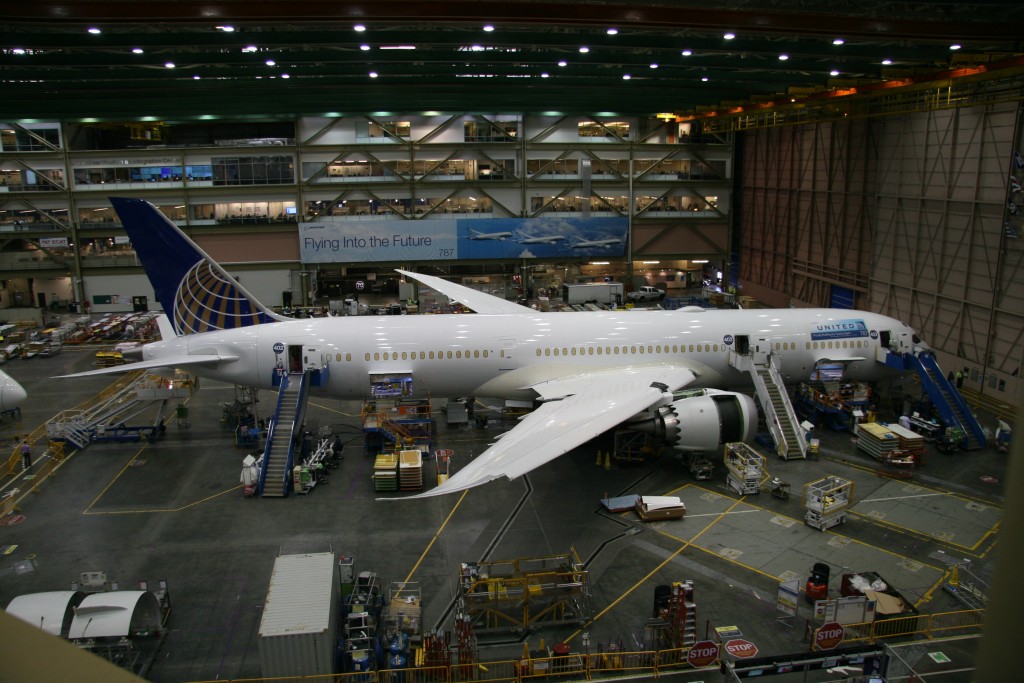
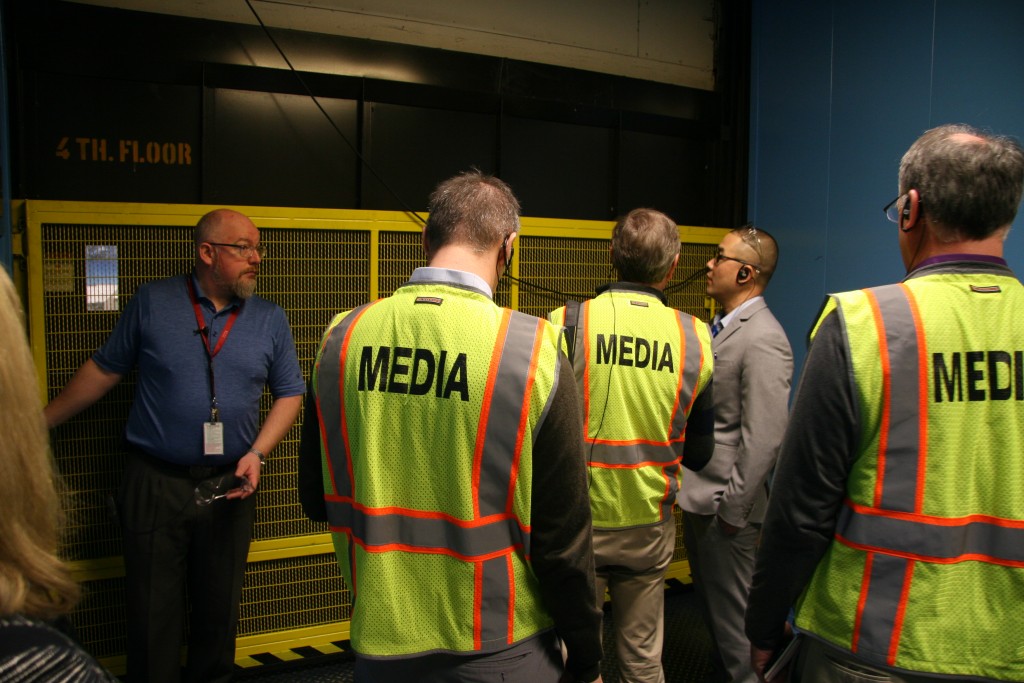
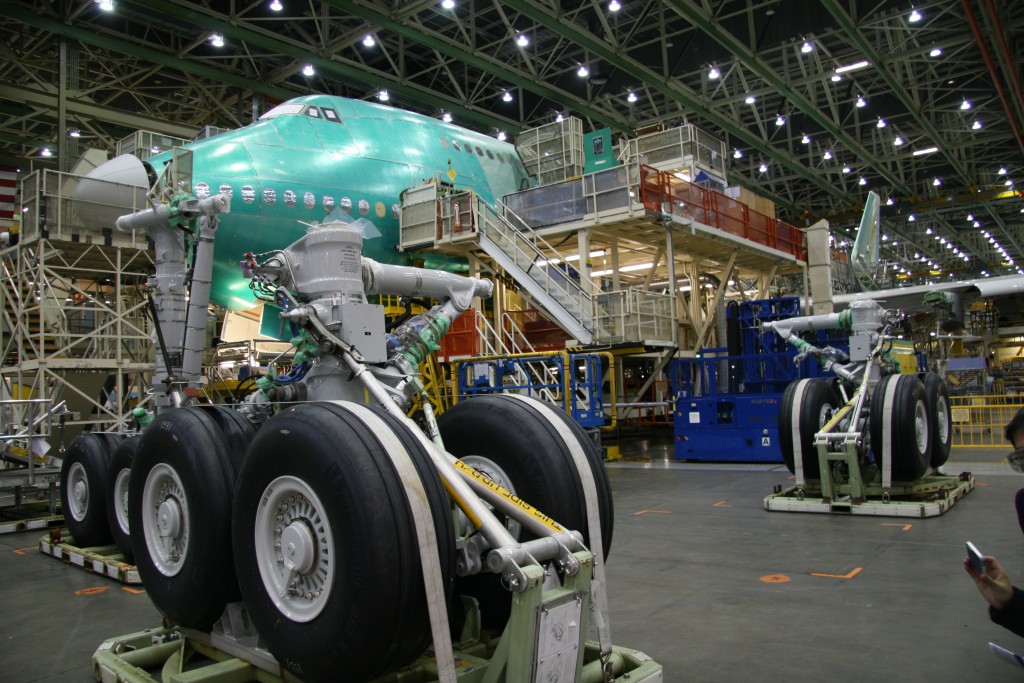
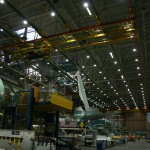
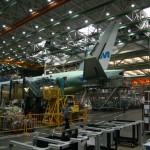
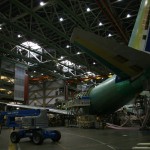
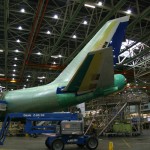
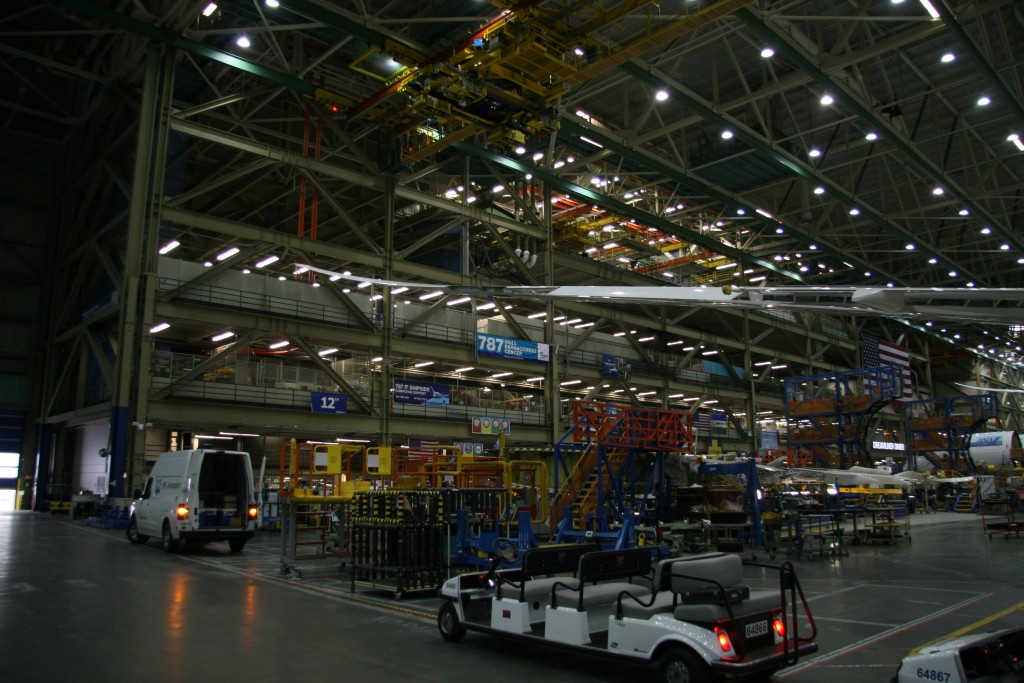
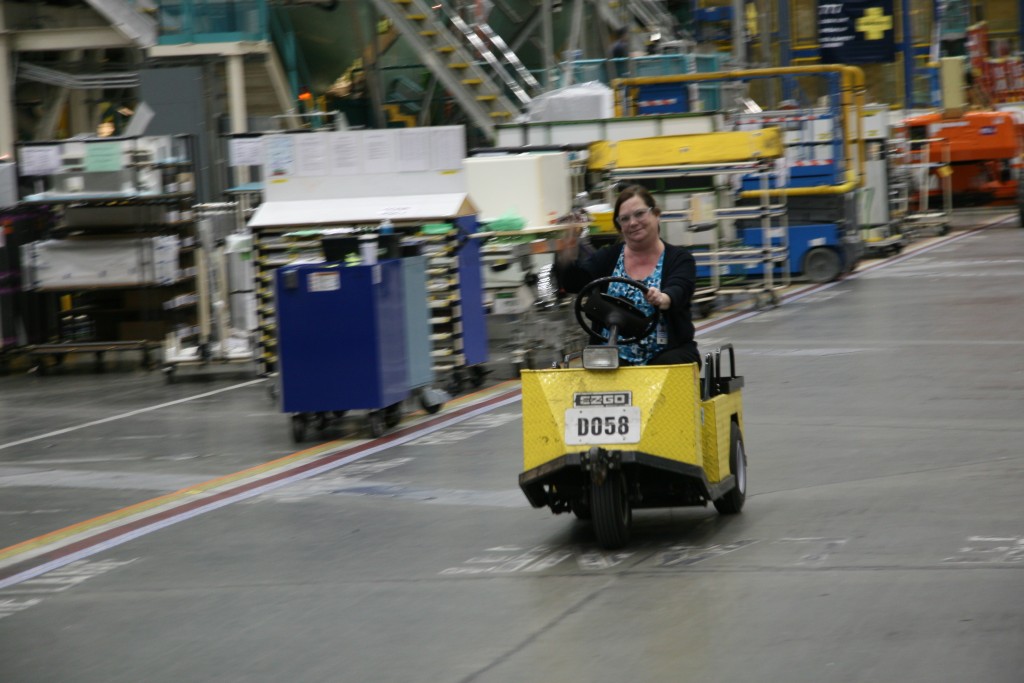
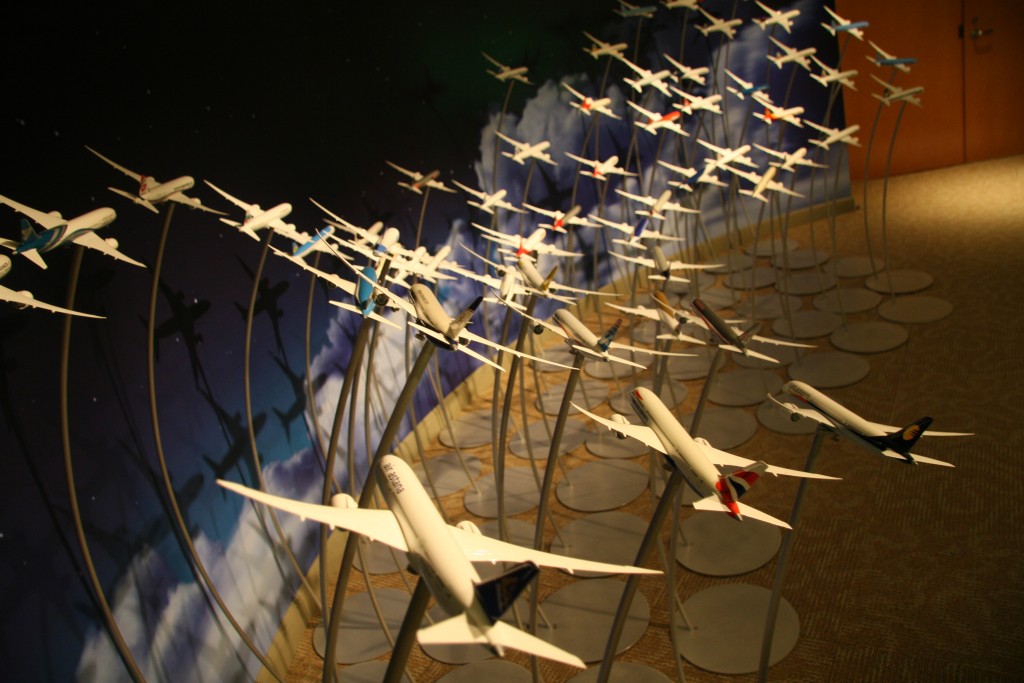
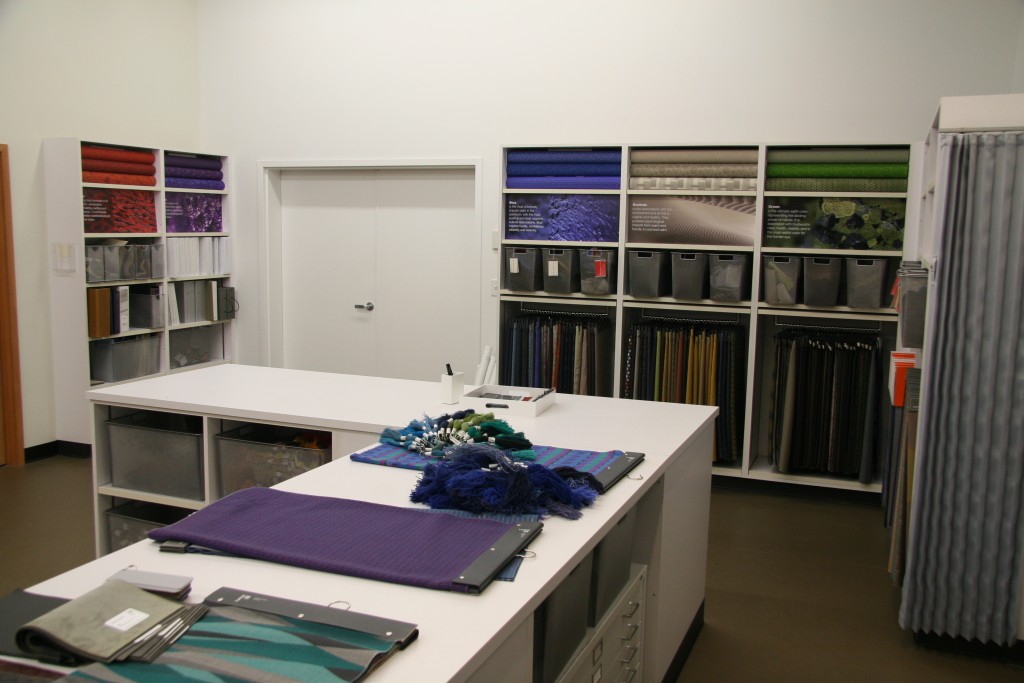
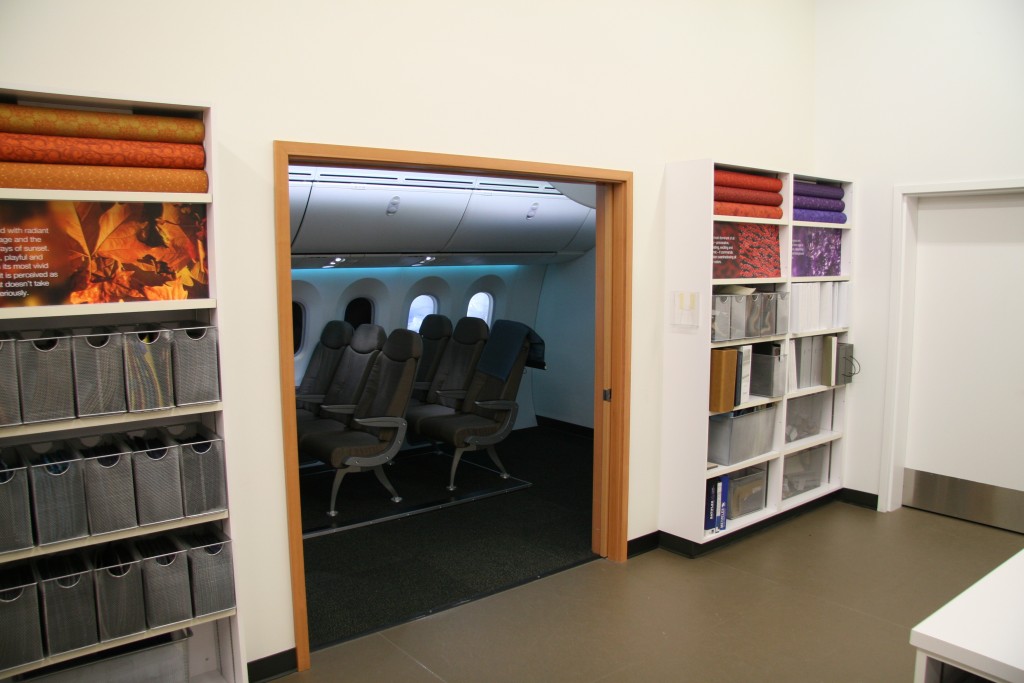
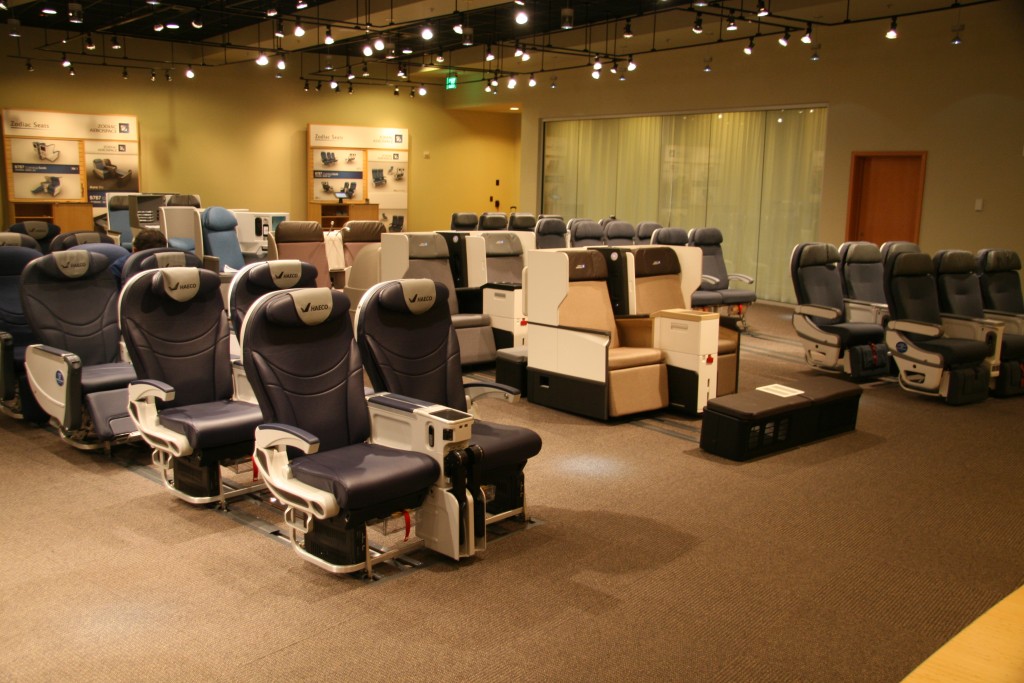
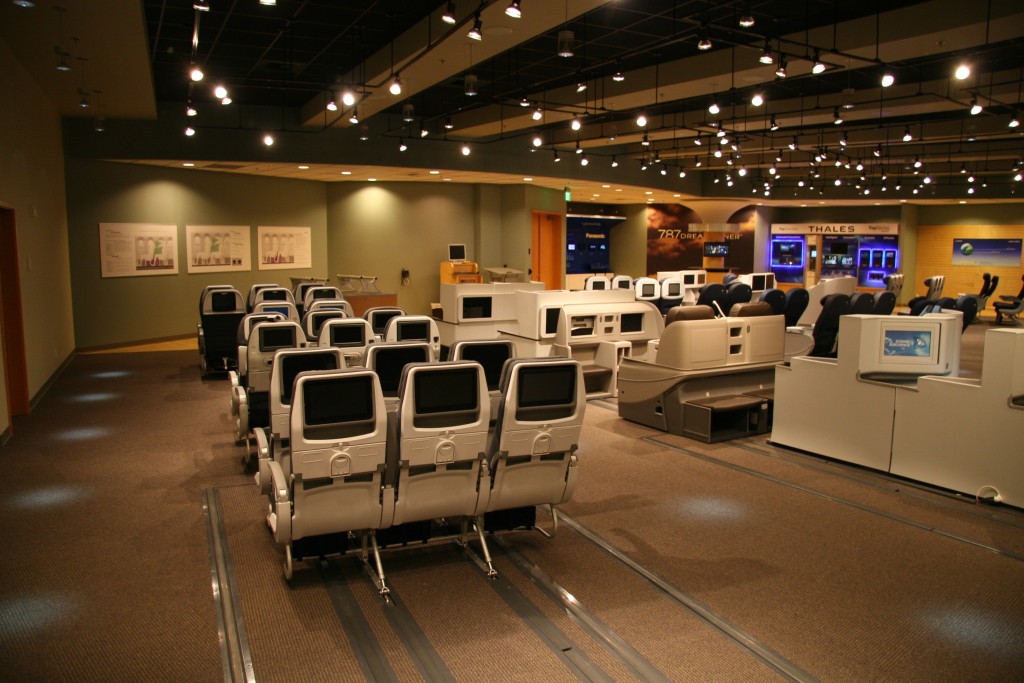
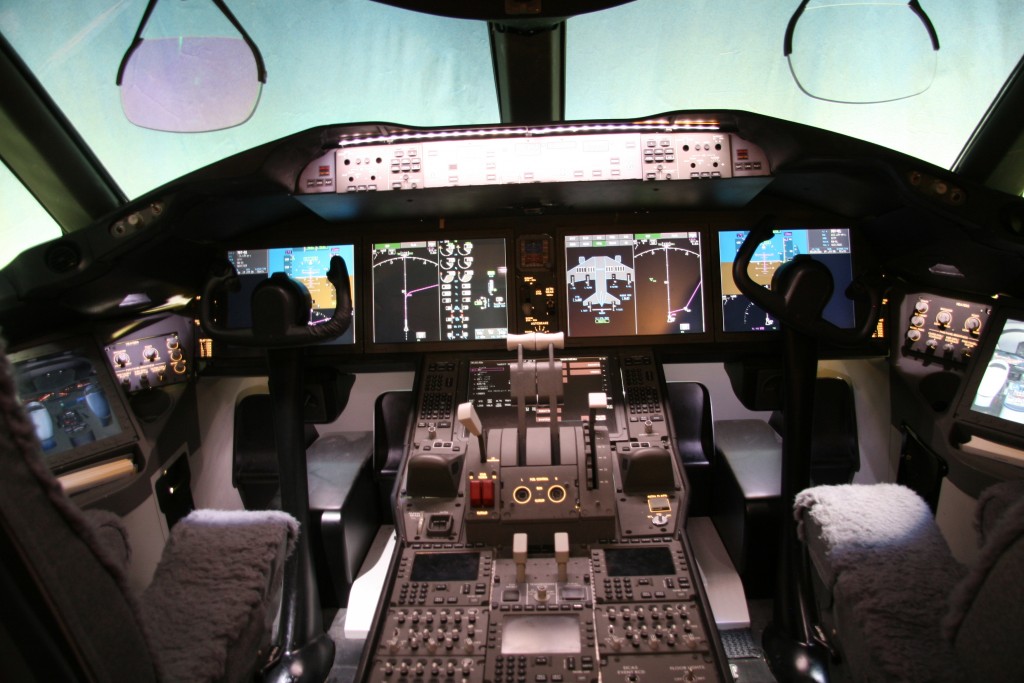
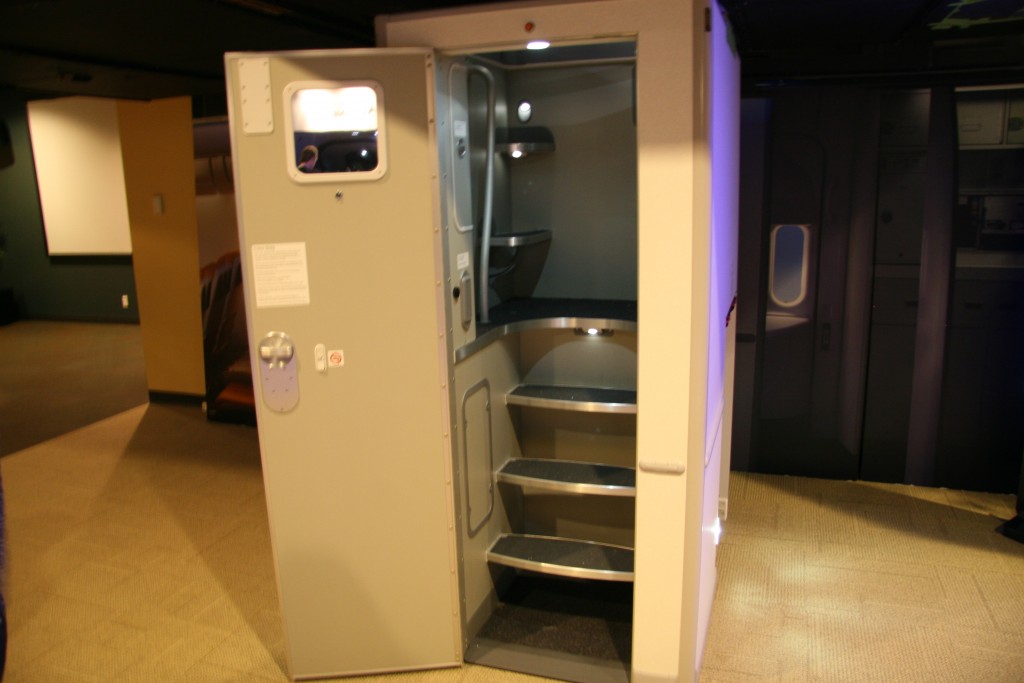
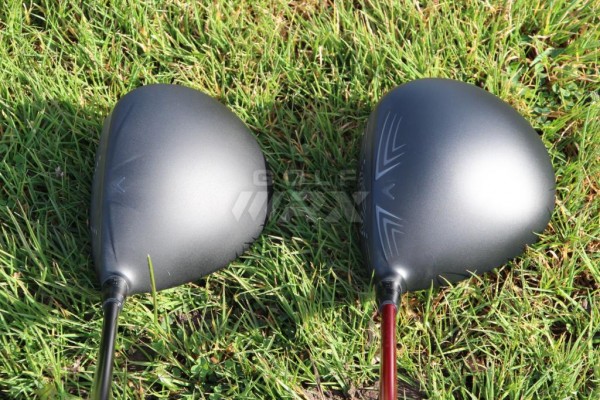


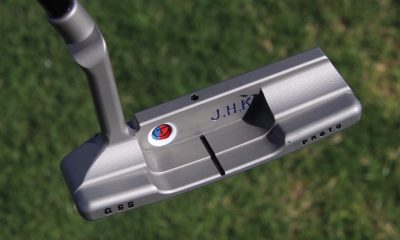



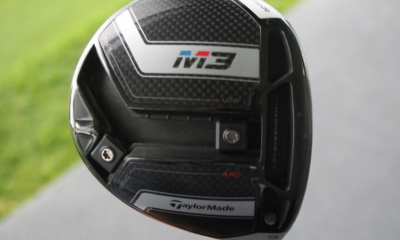

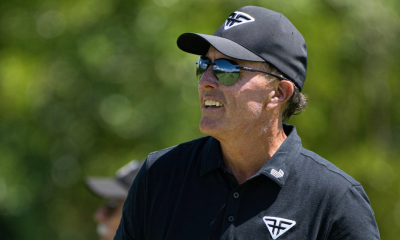



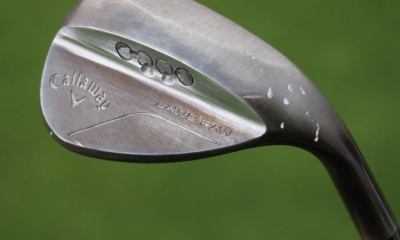

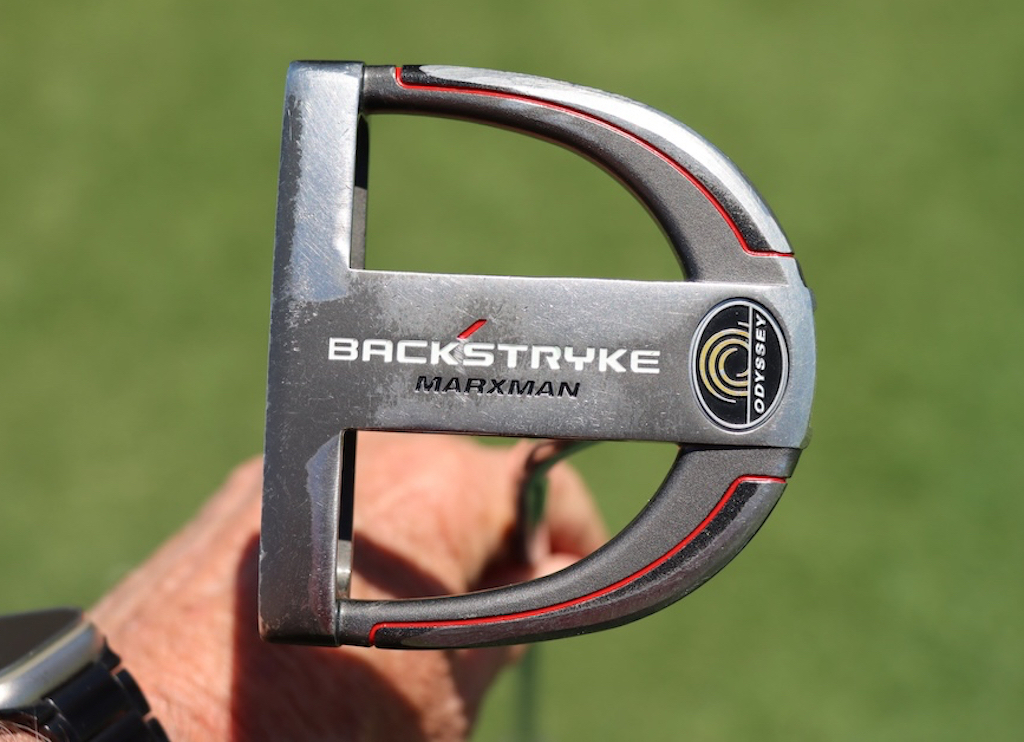













Lob Wedge
Mar 10, 2016 at 12:38 am
Is the Callaway-Boeing link more of a marketing tool than technology implementation? Yes.
Are the guys hating on this article knuckle dragging trogs? Yes
Expand your horizons kids.. Or don’t read it.
Not like the Title and pictures at the start of the article didn’t give away the subject matter.
scooter
Mar 8, 2016 at 10:17 pm
Thanks for the article Andrew. I’m probably in the minority, but seeing the immenseness of the Boeing factory and all that is required to produce the technological marvel that a modern day jet represents is pretty spectacular. Of course, I’m biased since I’m and avid golfer who also works in the aerospace industry. The modern day driver head, by comparison, is pretty low tech . . . I hope Callaway didn’t pay too much for that fancy CFD streamline picture at the start of the article. As another poster said, the feel and forgiveness is what will sell the driver to the golfing masses.
Birdy
Mar 8, 2016 at 12:20 pm
so which company will get Caterpillar to market the earth moving technology of their wedges or maybe Firestone to market improved traction and roll when it comes to the ball, waterproofing company to lend their support to weatherproof clothes.
add me to the list who think this is just a clever marketing scheme
Peter
Mar 10, 2016 at 12:05 am
hey maybe Bridgestone tires could help Bridgestone golf company make some golf balls. i bet bridgestone tire company knows a thing or two about rubber.
Barry S.
Mar 8, 2016 at 11:22 am
Played TaylorMade and Adams drivers for years and switched to a Callaway Optiforce 440 about 2 years ago because the sound and feel works better for me without giving up any distance. Last year I purchased an Alpha 815 which I promptly sold because it didn’t perform to the level of the Optiforce 440 for me.
The other day a guy showed up at the range with an XR16 driver with a Speeder shaft and I hit 4 or 5 balls with it. Just my opinion but this driver is one of the shortest, worst feeling drivers I’ve hit in the last few years.
Tom
Mar 8, 2016 at 10:46 am
Bunch of negative Nancey’s on here.
Matto
Mar 8, 2016 at 2:10 am
This article should be titled, *A closer look at how PING didn’t need Boeing 2 years ago.
Yaz
Mar 7, 2016 at 8:55 pm
Having worked in that factory for years, Particularly at 747 Final Body Join, (the picture from the ground looking at the 747 with the gear next to it), the pictures BARELY do justice to just exactly how impressive that facility truly is. All the armchair “experts” posting here have ZERO clue about that place or the amazing things that are done there.
ooffa
Mar 8, 2016 at 7:02 am
Ummmm. They build airplanes right. Airplanes are big. They have a big building to build the big airplanes. We get it. I wonder if the airplane hobbyist website is hosting an article on golf club companies seeking publicity today. I doubt they are.
Leon
Mar 7, 2016 at 8:16 pm
Great story and pictures of Boeing. Totally marketing gimmick of Callaway.
John
Mar 7, 2016 at 5:25 pm
For all the article didn’t have too much to do with golf I thoroughly enjoyed it, great insight into the Boeing factory, very interesting.
Ver
Mar 7, 2016 at 4:29 pm
I just flew it on a long distance.
Not too impressed.
Lots of rattles and squeaks like before, with the plastic bits clashing with metals bits that are meant to do that, flex and turn with the body shift. But I would have hoped that they would have somehow minimized it with newer materials but it feels the same inside. No improvement on the armrests, the buttons and latches and locks. The seats weren’t much of an improvement either.
Don’t believe the hype. They put out all this hoopla, yet it’s only slightly improved on the inside for passengers, because they can’t really afford to re-tool everything and create something completely new. I mean Boeing nearly went bust with this plane with all the battery compartment design and window cracking problems anyway.
Yaz
Mar 7, 2016 at 8:53 pm
Seats and seating configuration is the choice of the airliner, not the builder. Boeing puts in the interiors that the airline chooses.
Scott
Mar 8, 2016 at 10:12 am
the XR16? Where did you put your luggage?
Theo Erben
Mar 7, 2016 at 3:39 pm
“Both have to do with laminar and turbulent flow. An airplane wing needs to be streamlined to reduce friction, as does the relatively rotund body of a golf driver head. The solution is very similar.”
Boeing makes great planes. I had the pleasure to fly most of their models.
During my job to help introduce the 737-300 and 747-400 for a renown European airline I learned to know Boeing to use facts and fundamental research to improve the products.
It seems in this “driver drag” case, Boeing just had the marketing guys have a look at the “problem”
I think it is a shame for Boeing that they claim they improved something without quantifying what the improvement really is.
ooffa
Mar 7, 2016 at 12:52 pm
Written like the reports we had to give after our lower school class trips.
There might be an airplane website whose visitors would find this interesting. As a golfer I sure didn’t.
orangeology
Mar 7, 2016 at 12:51 pm
sure you seem to have had a great trip to the B factory. yet i have no idea what it does with the 2 shots of the golf clubs at the end. better yet, why the heck did i need to see this on golfwrx?